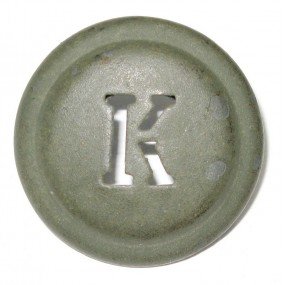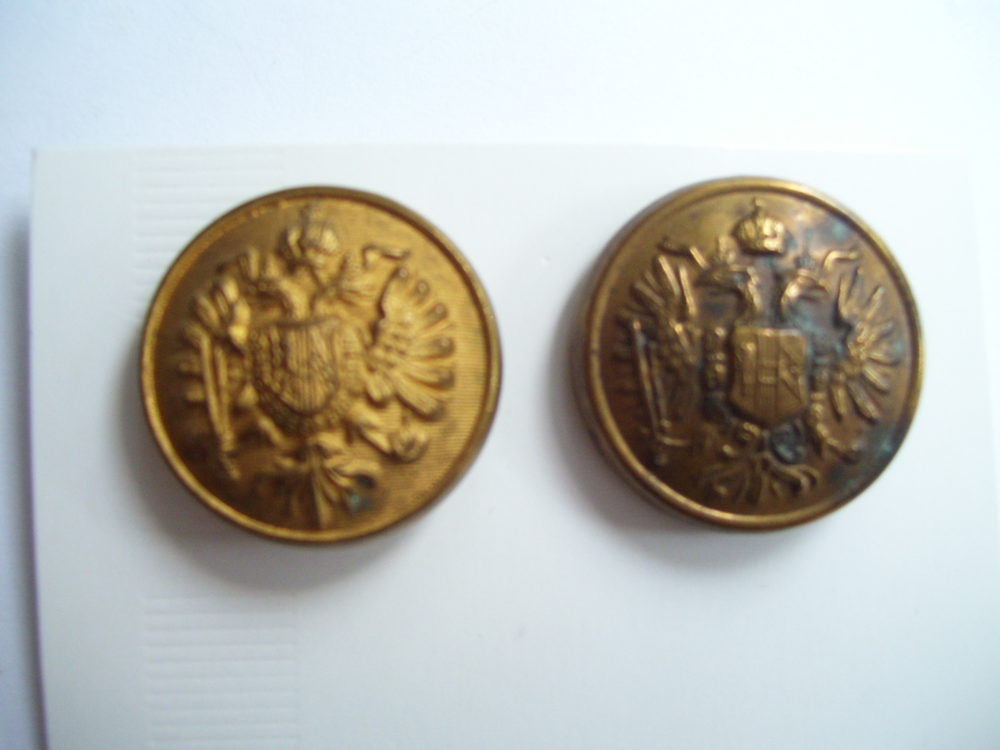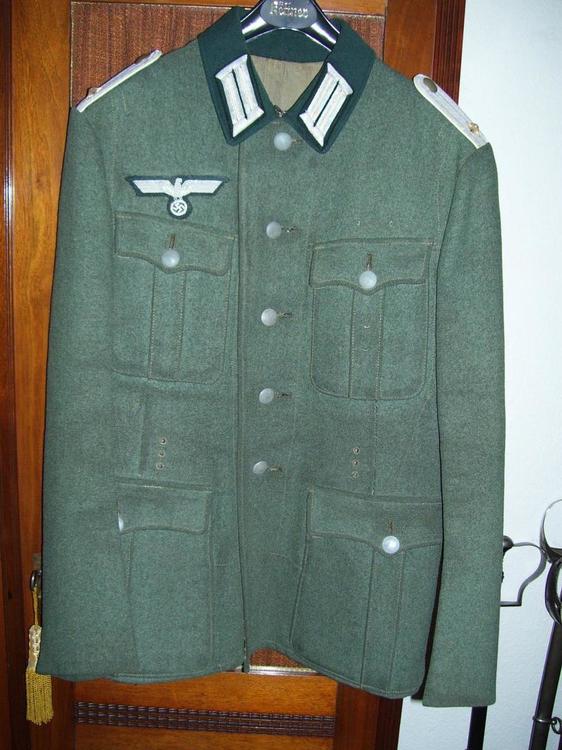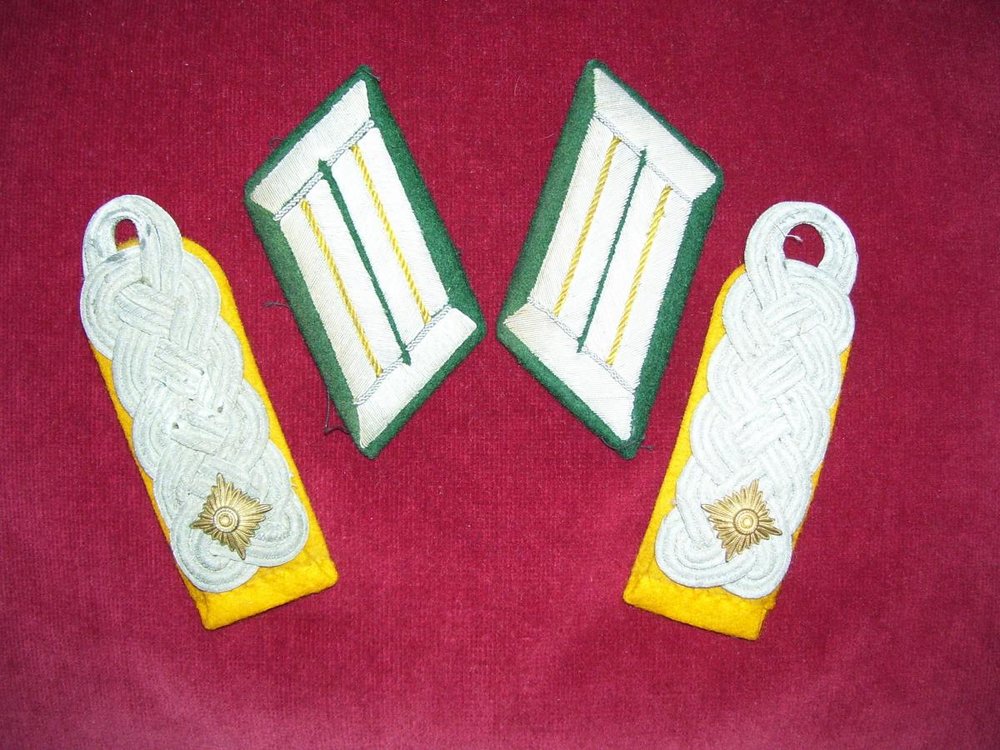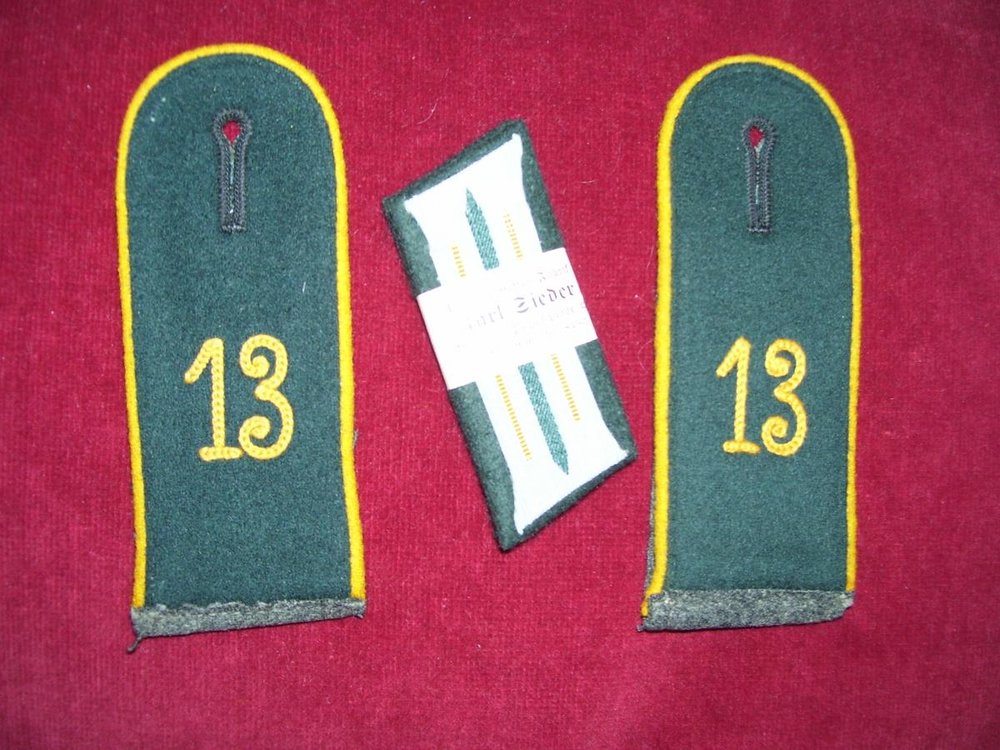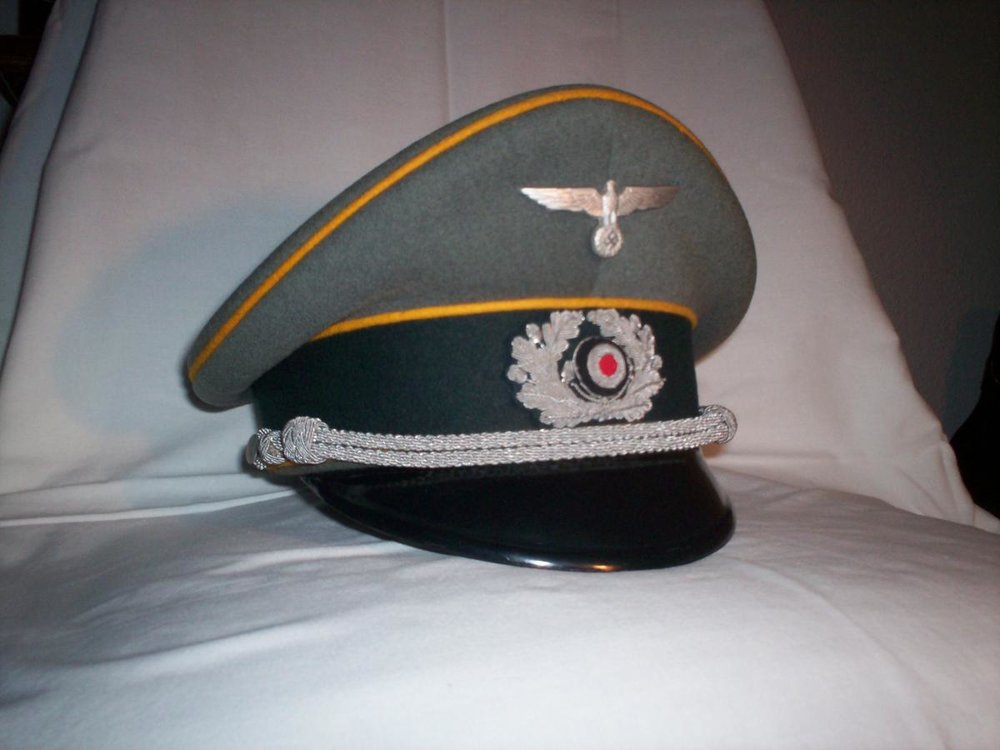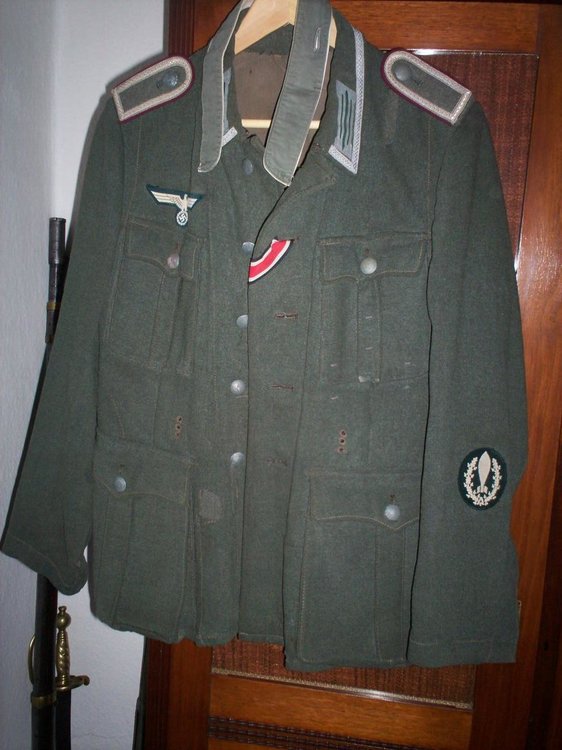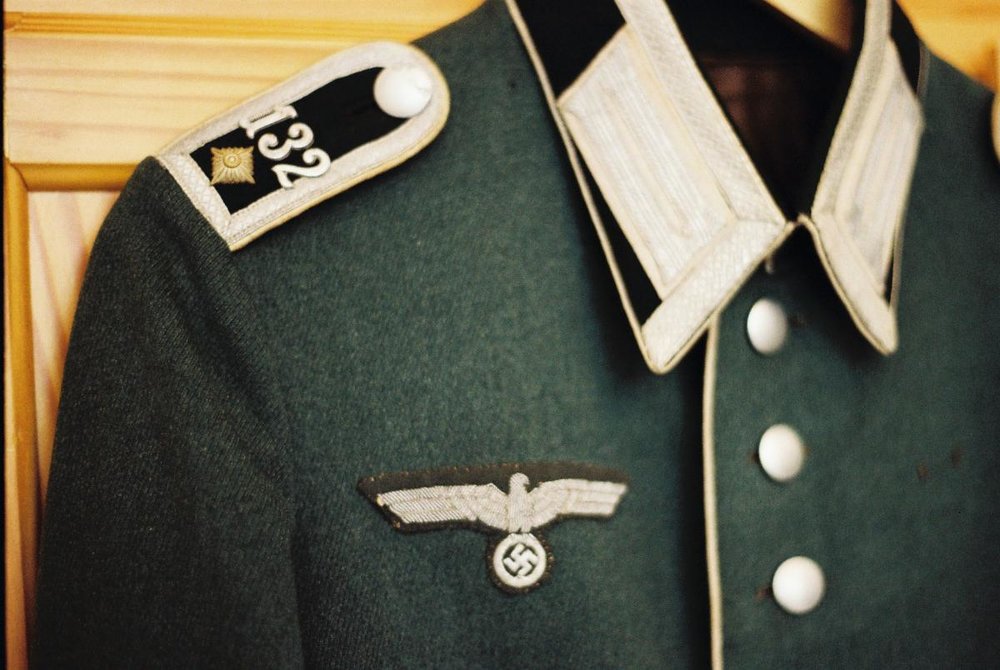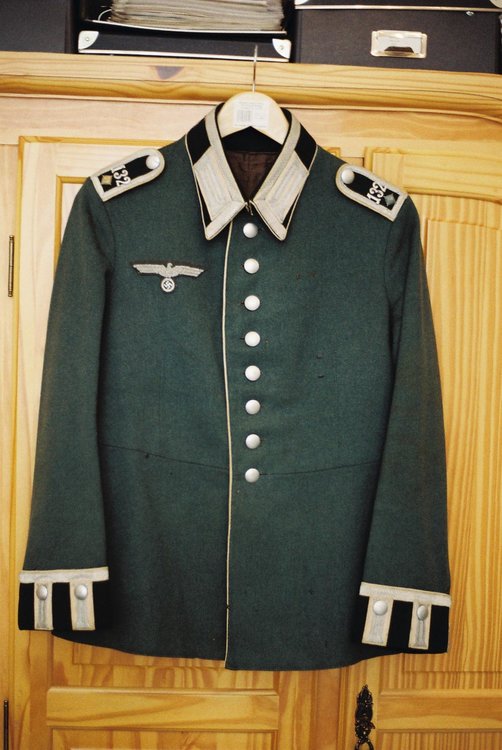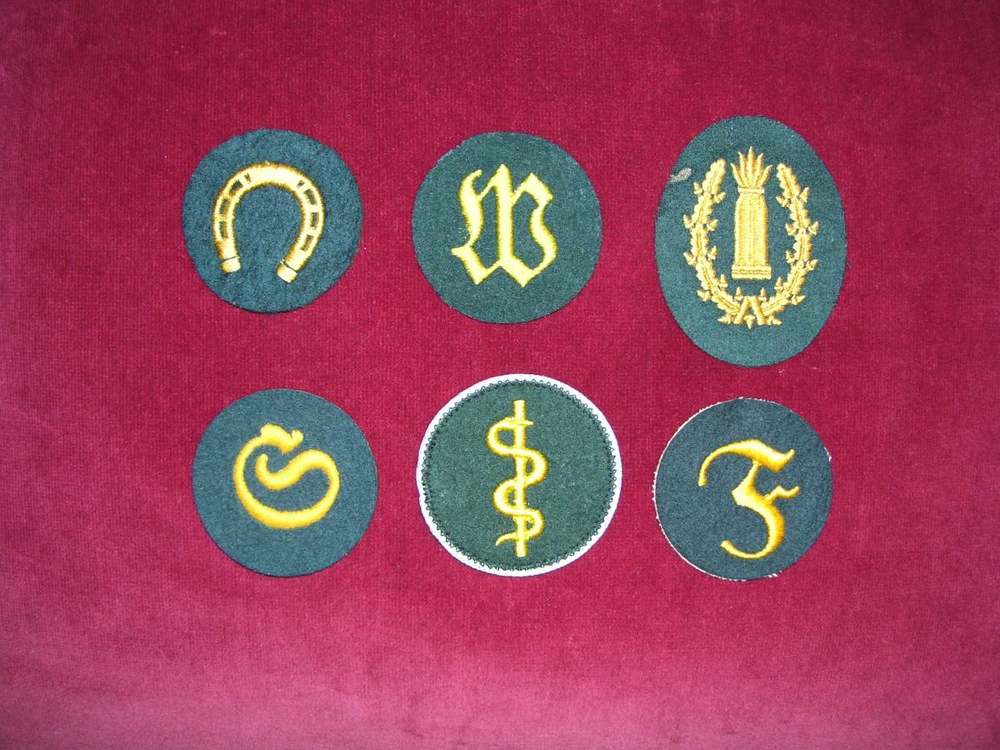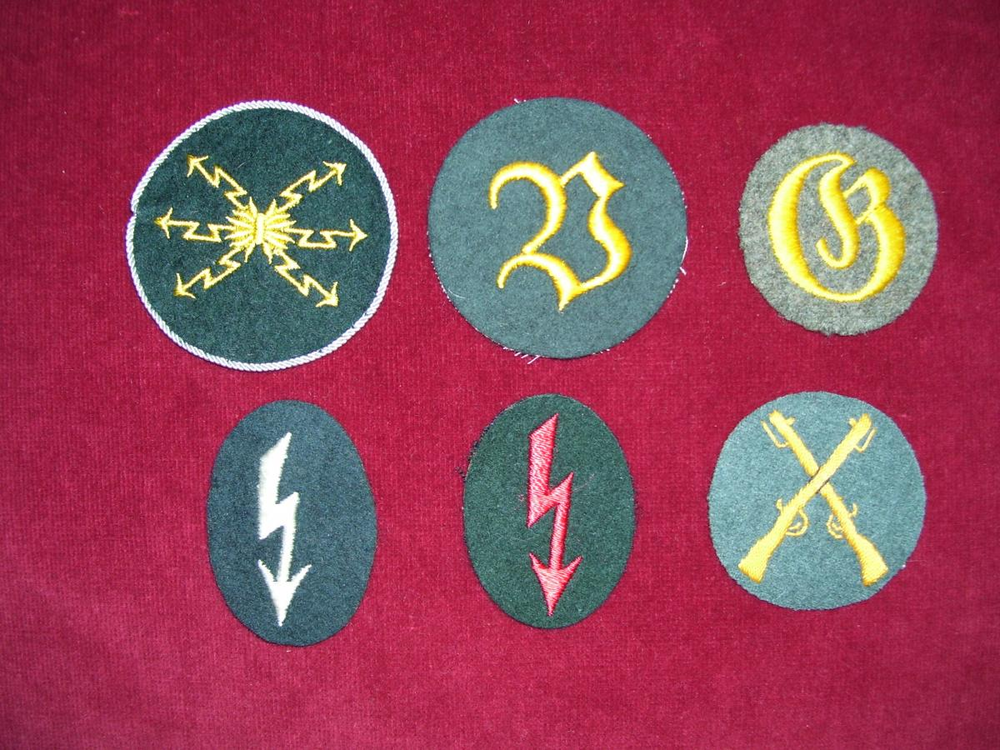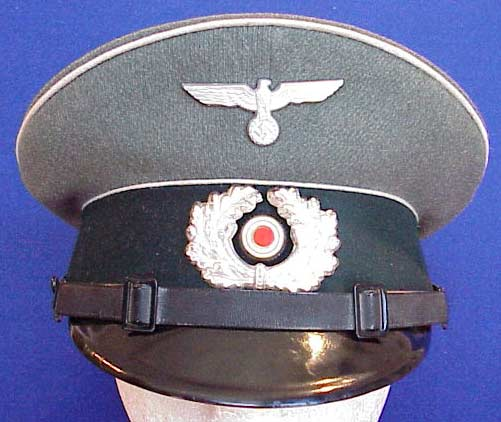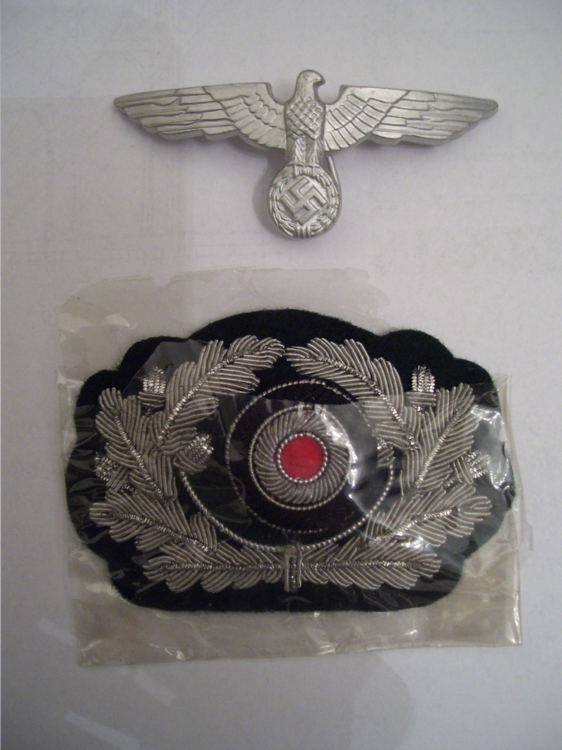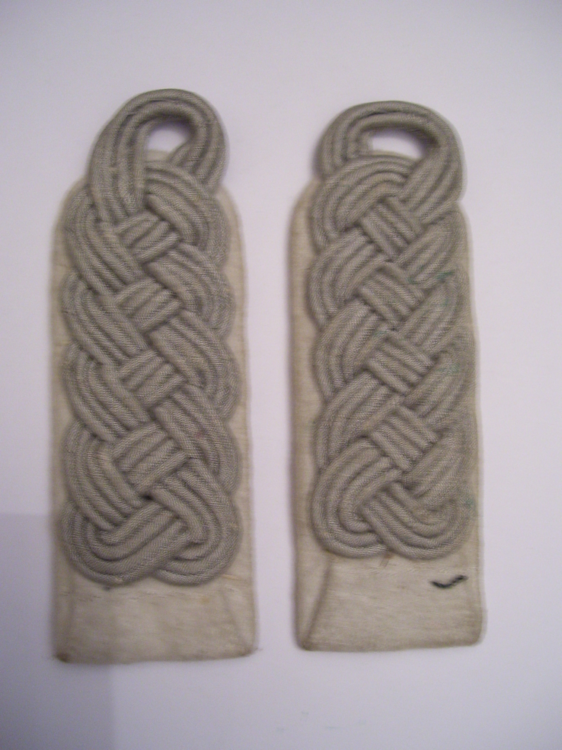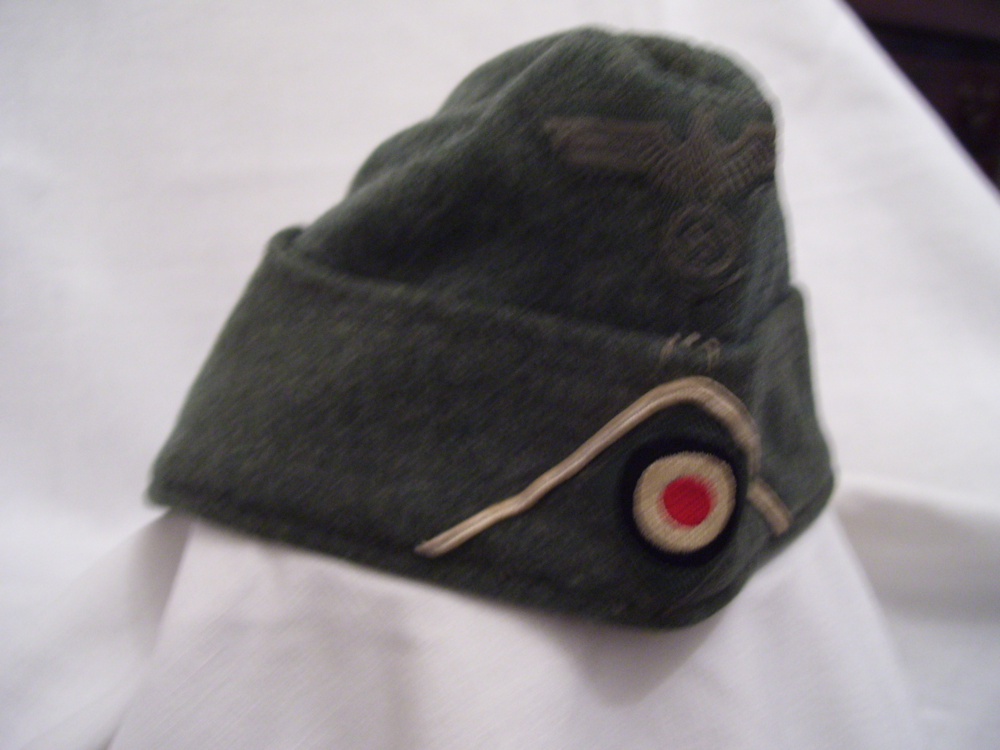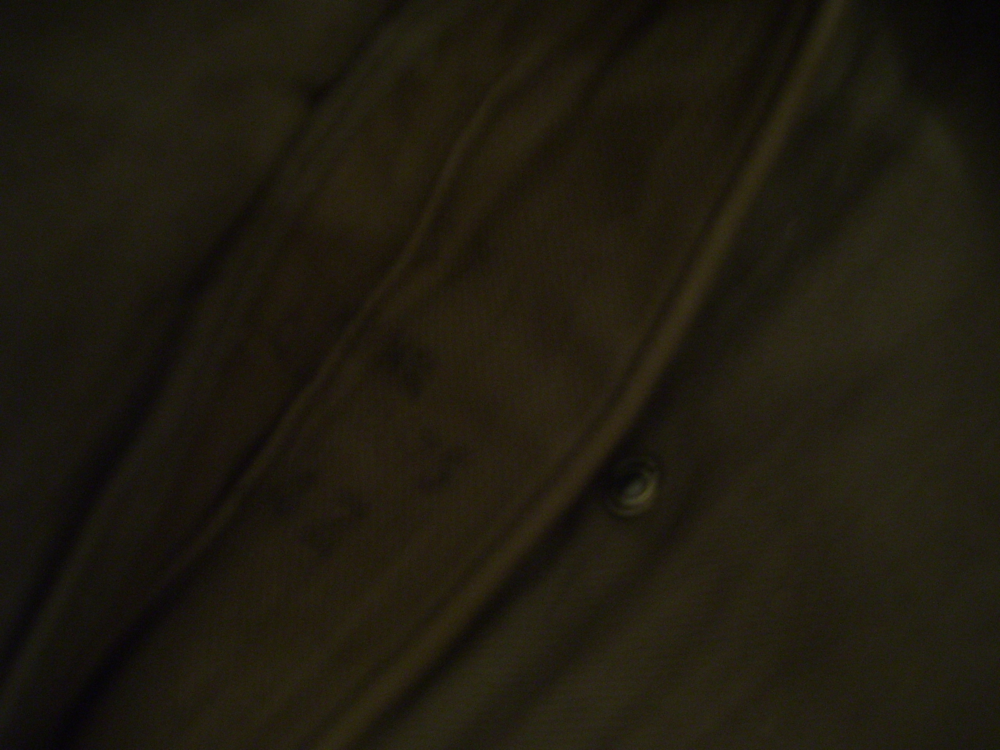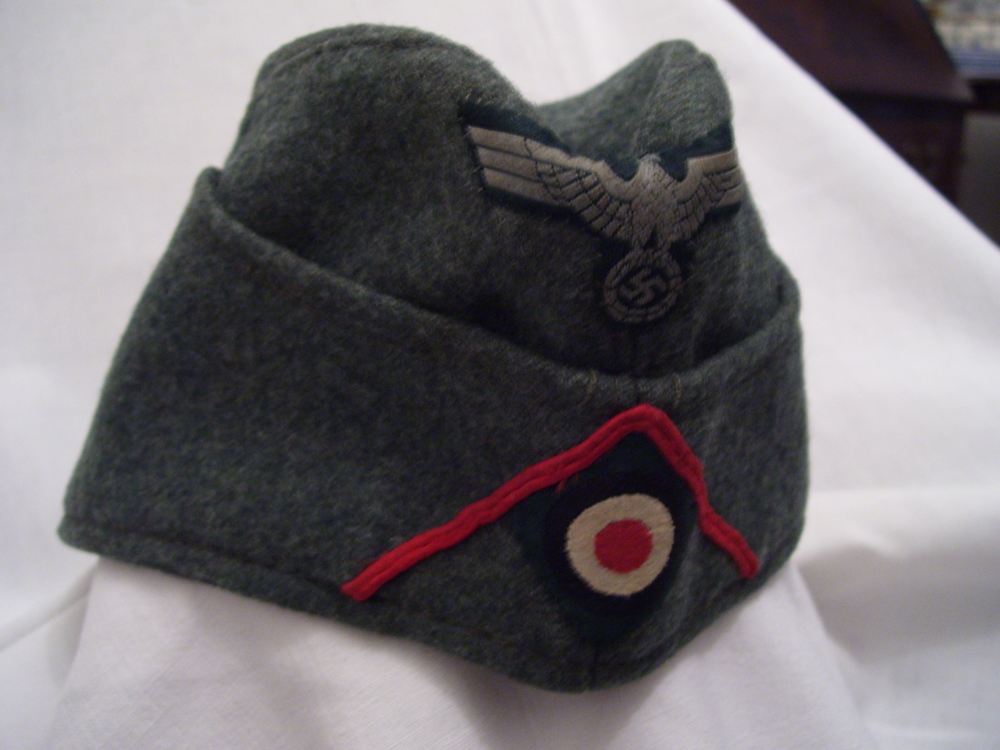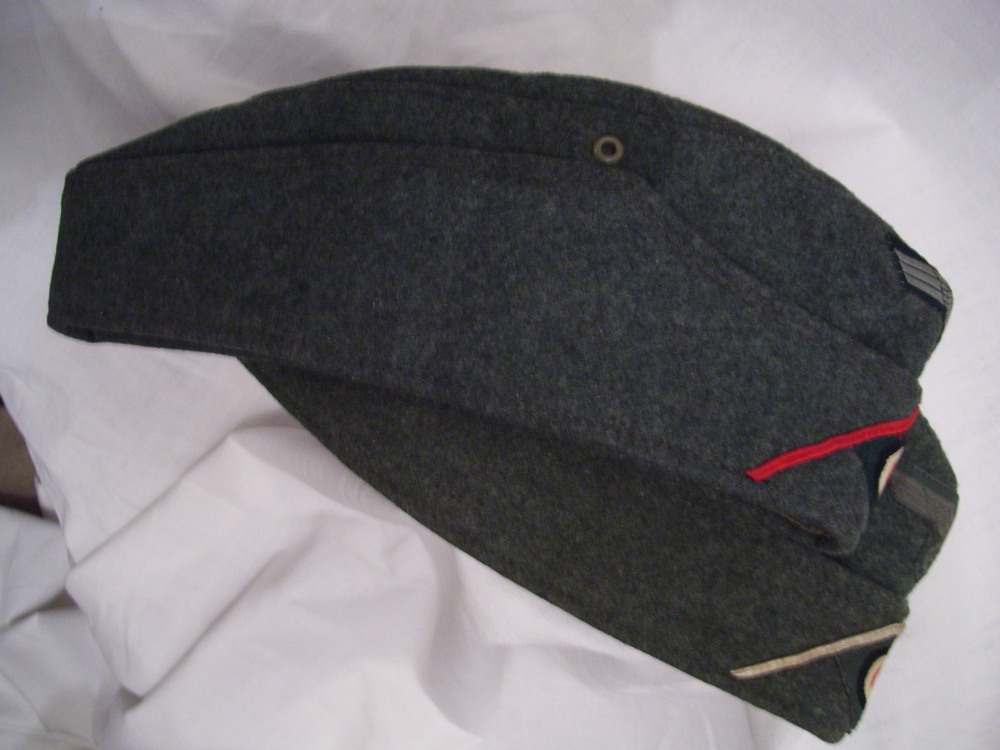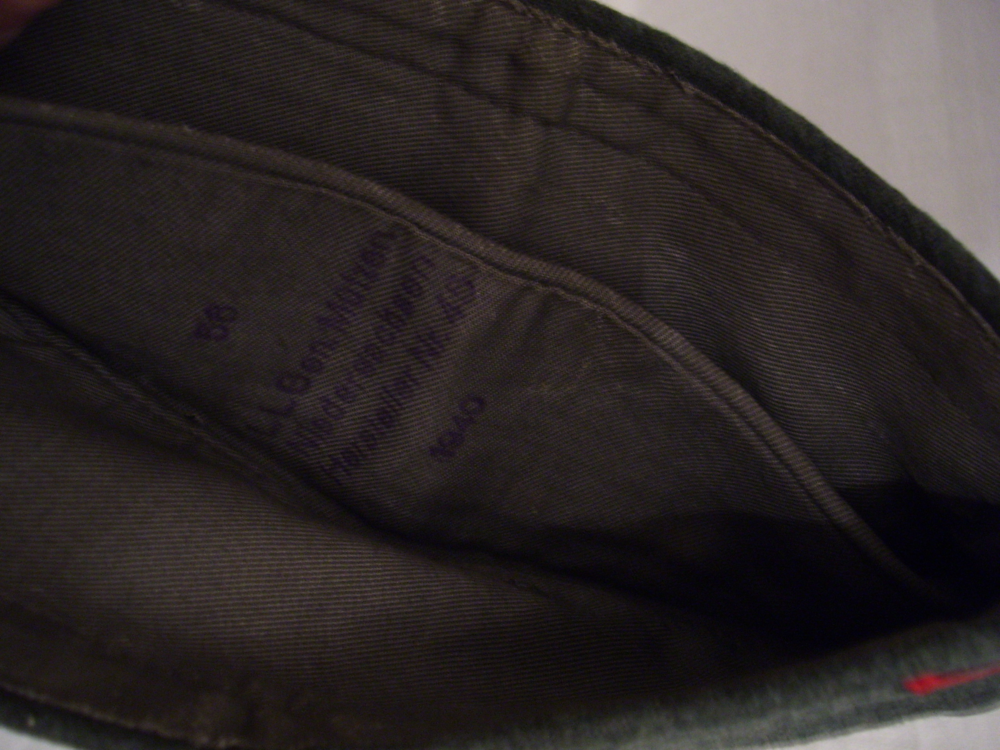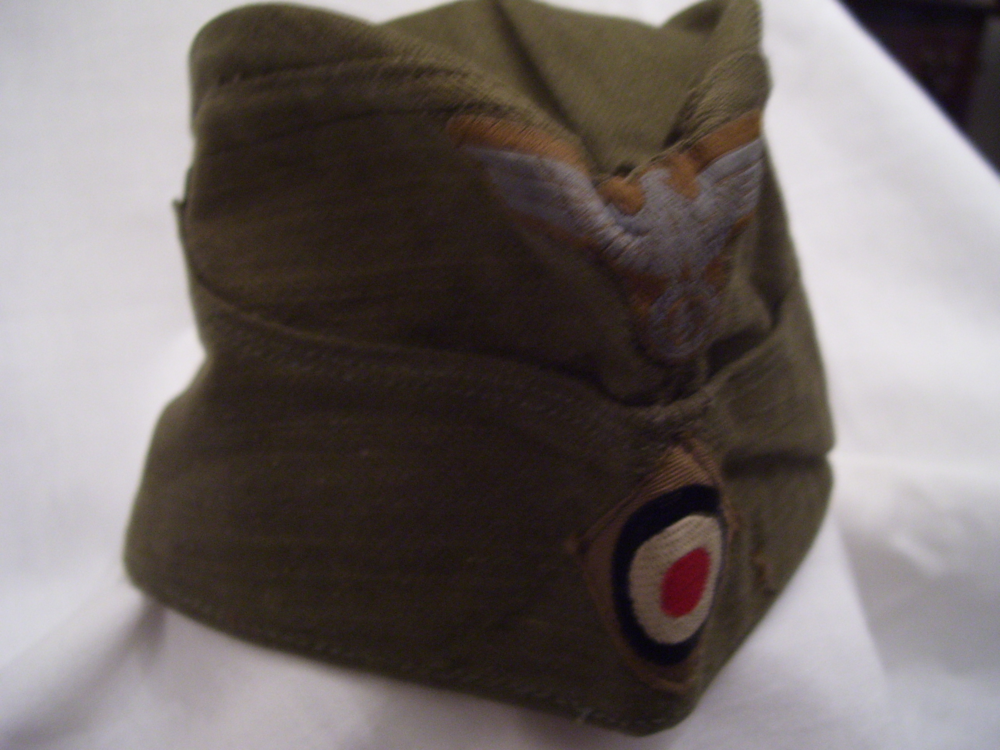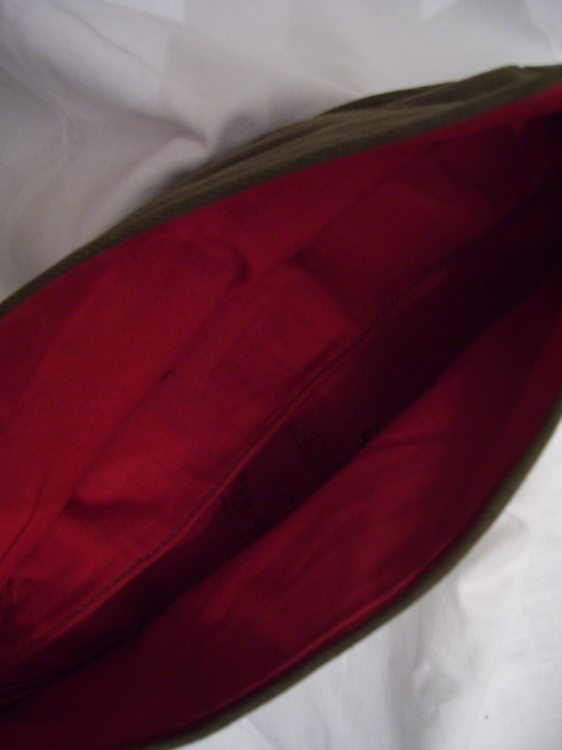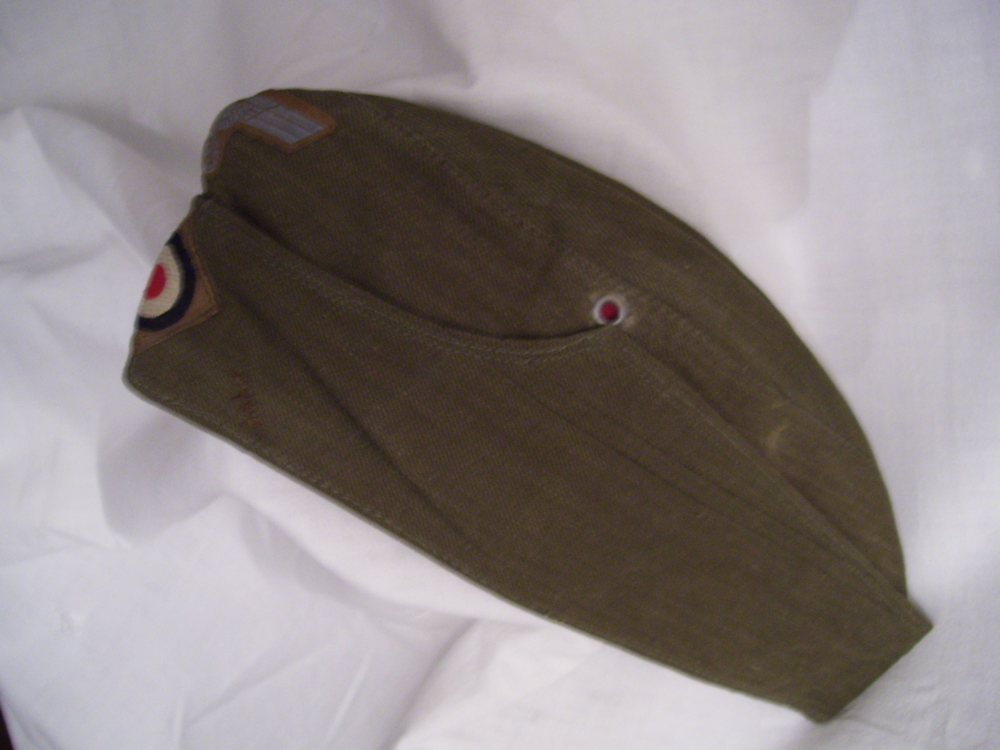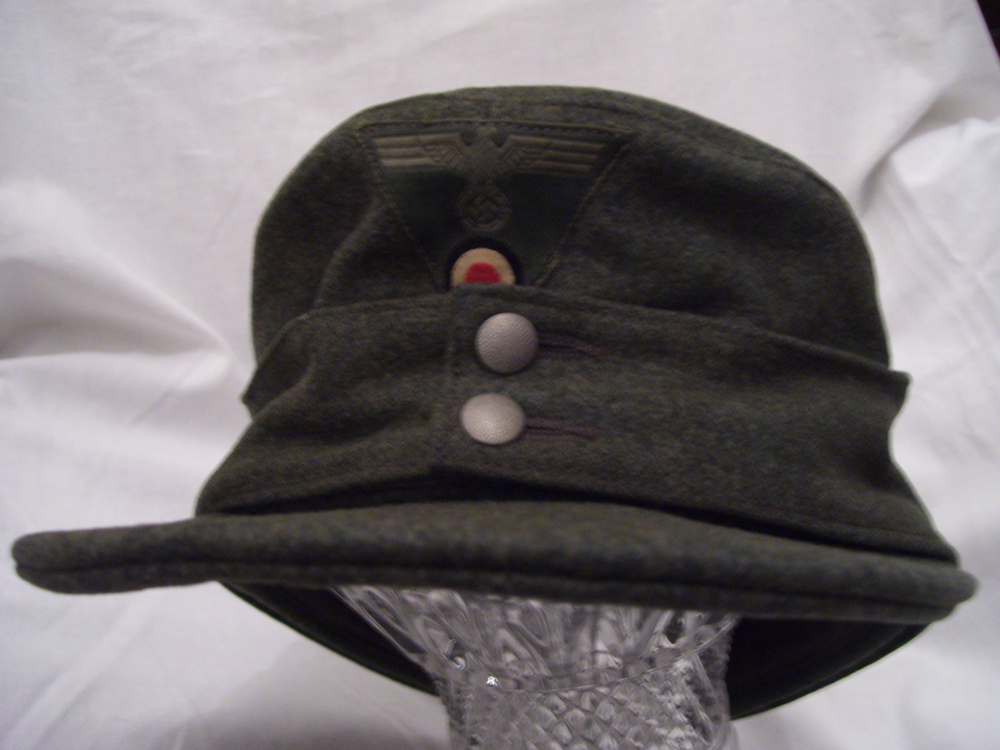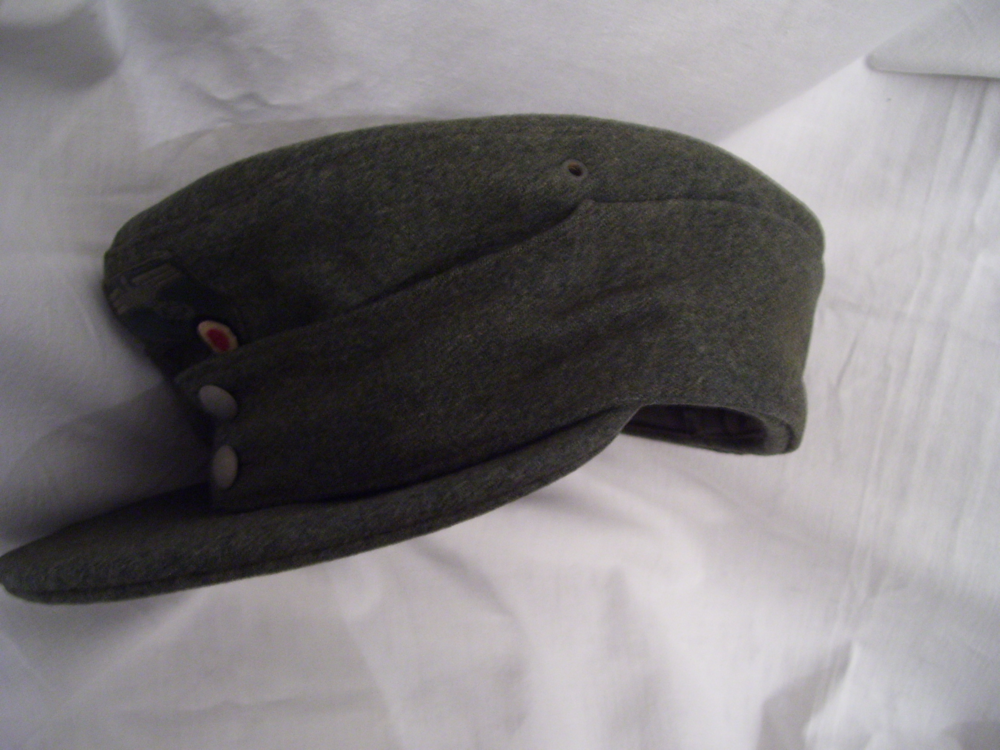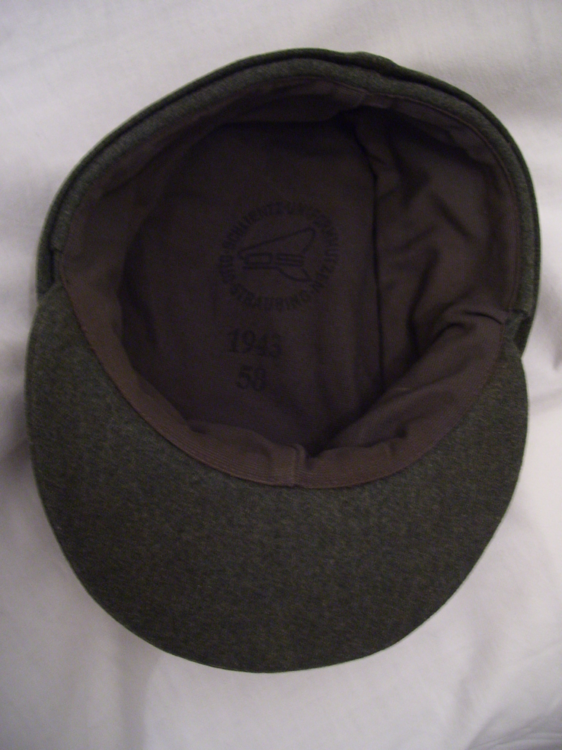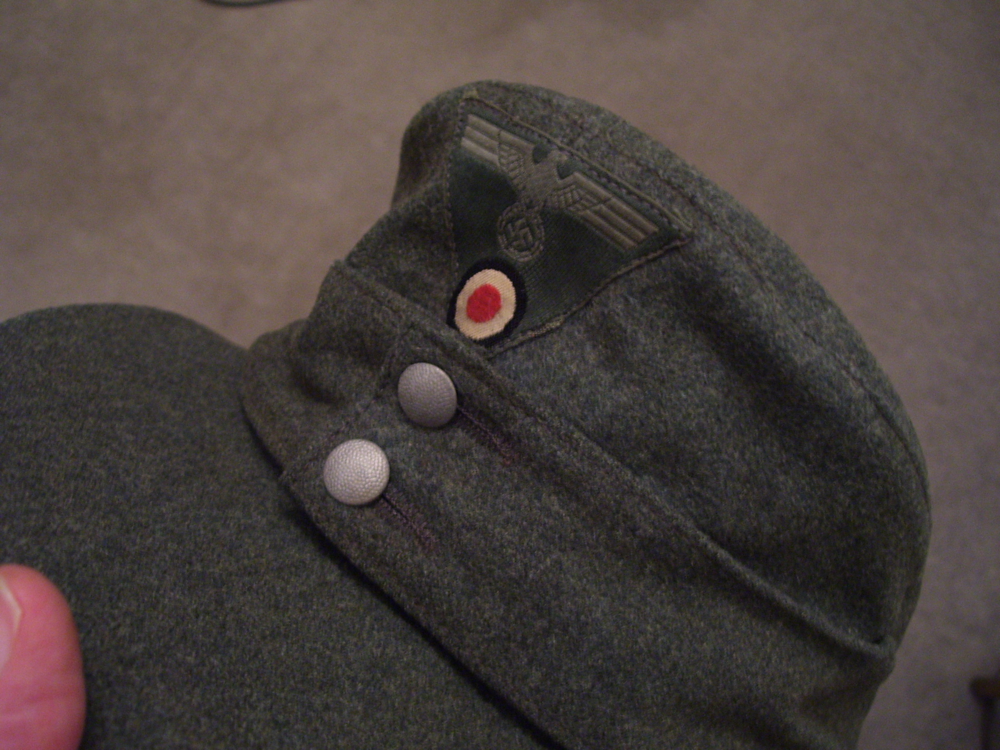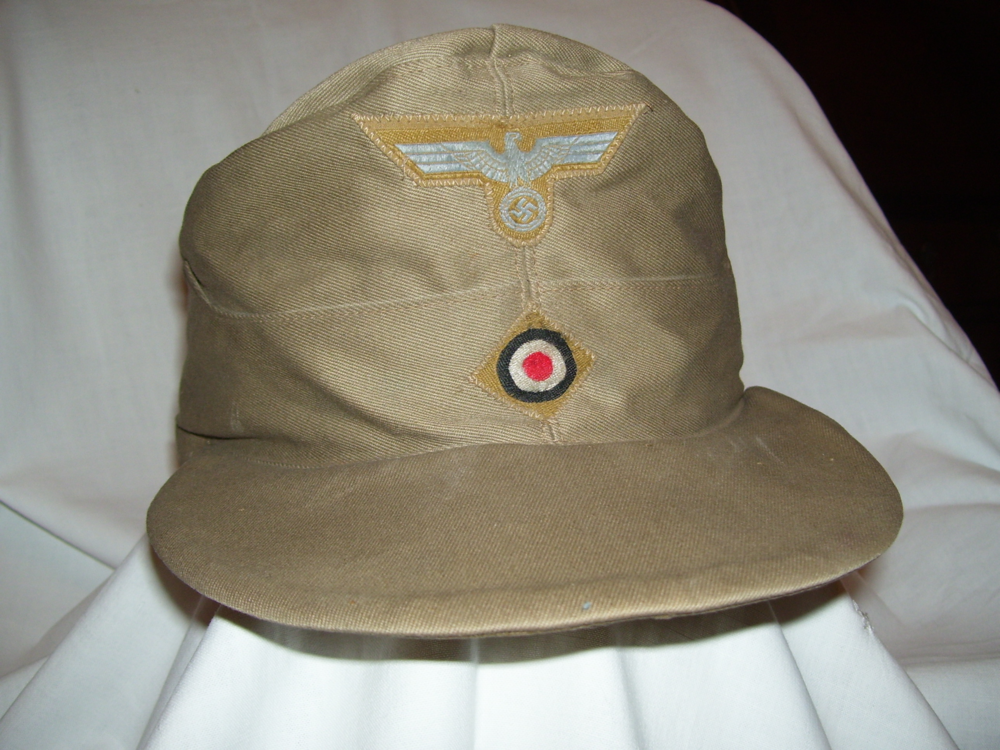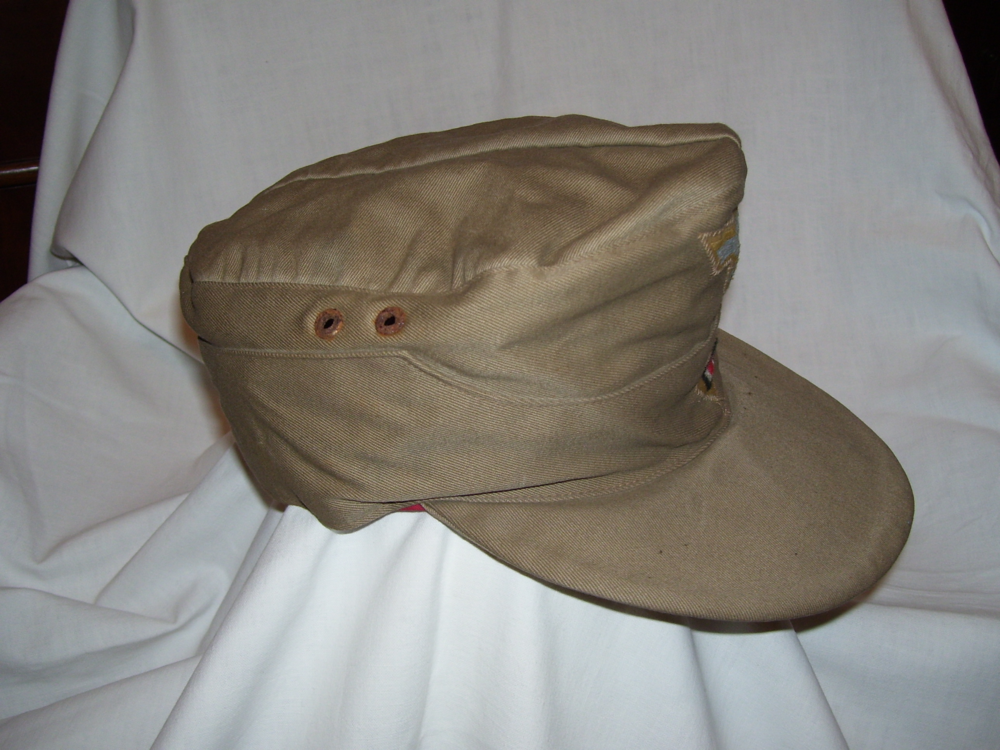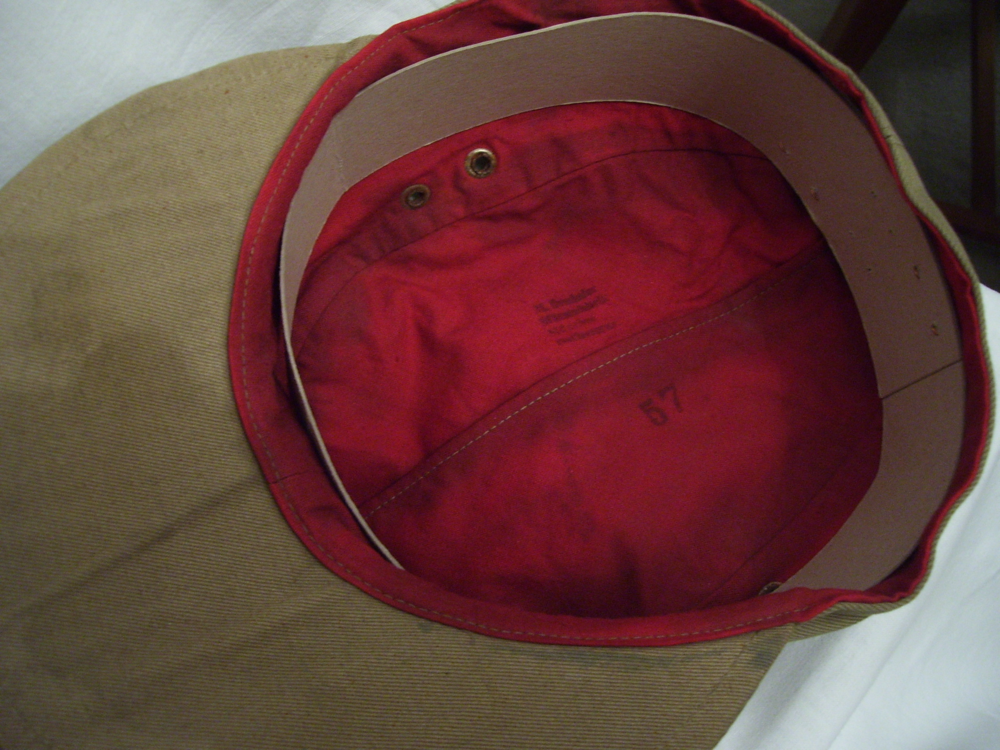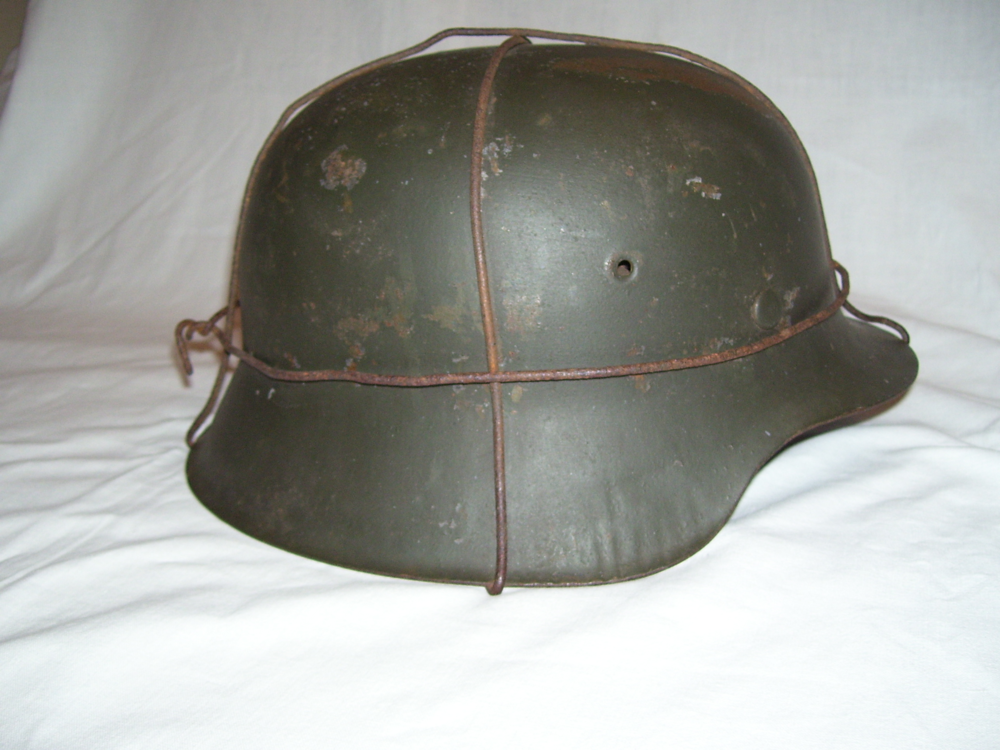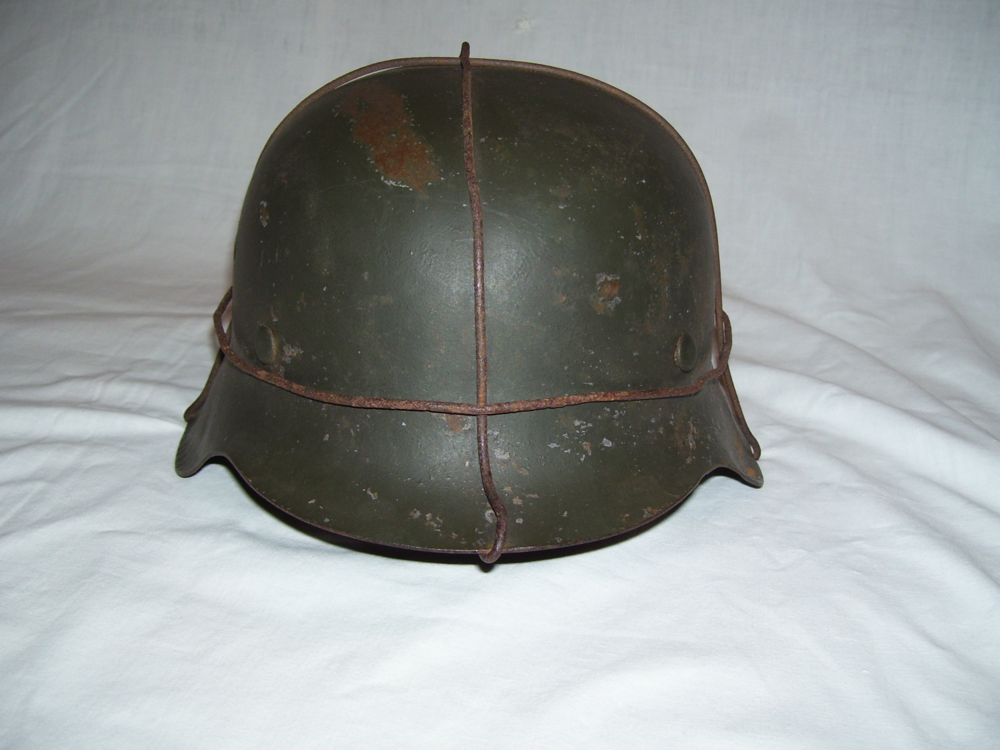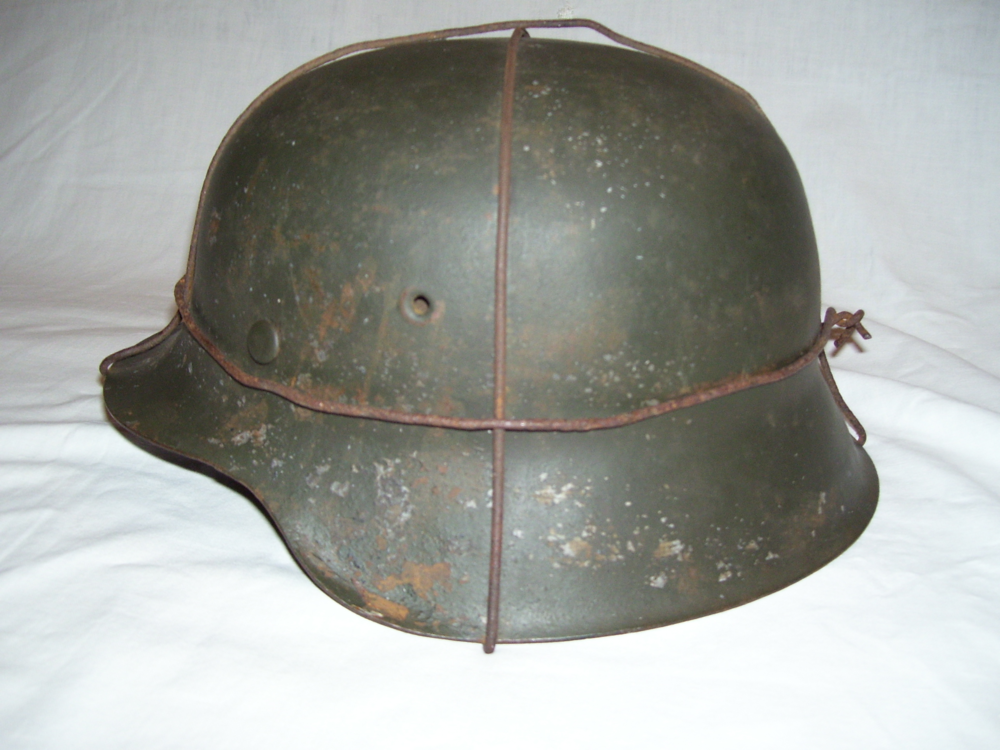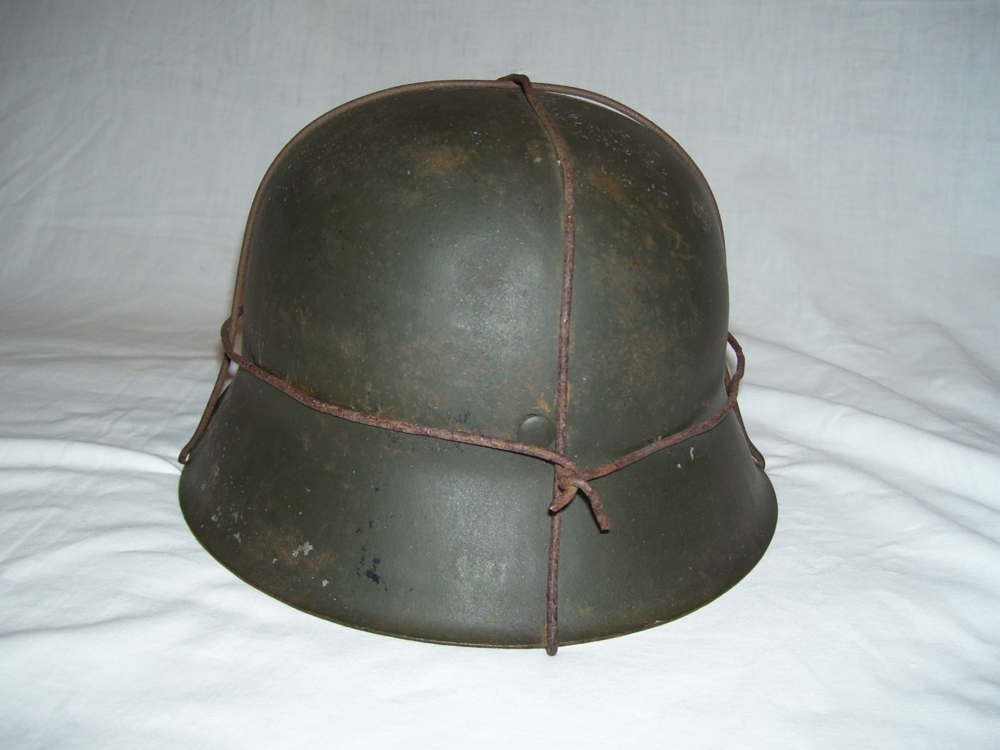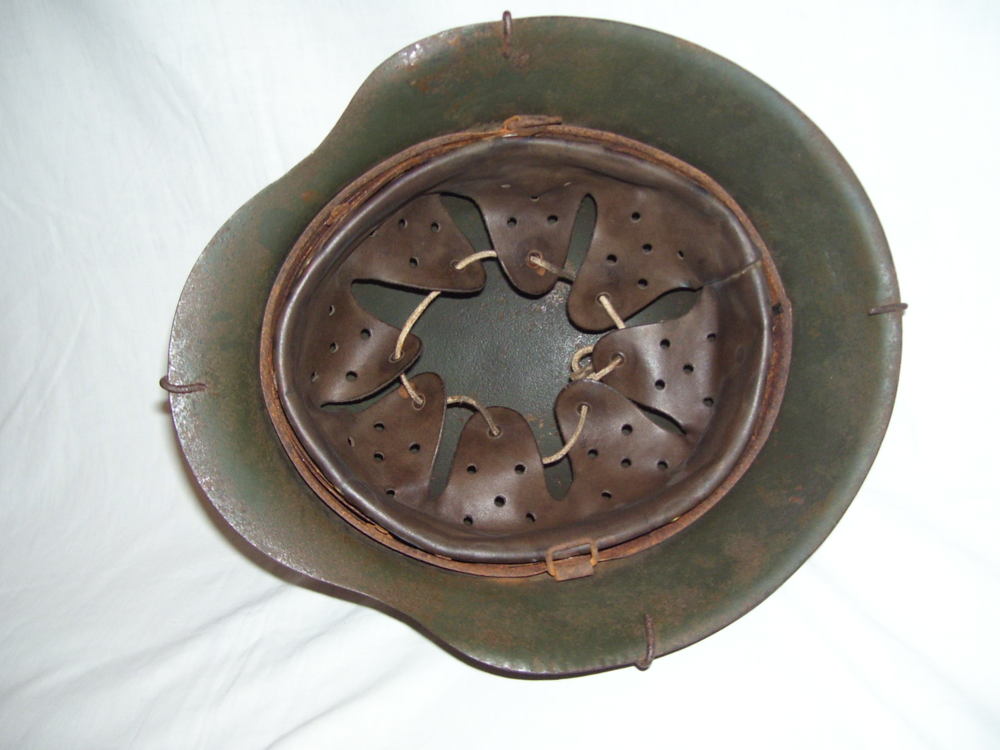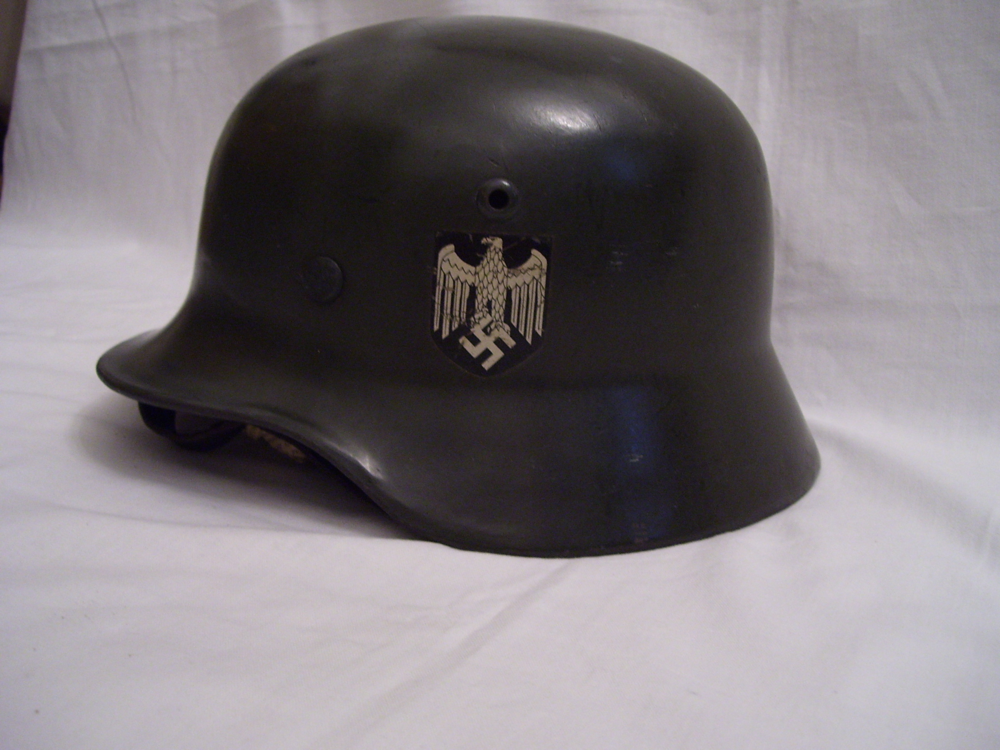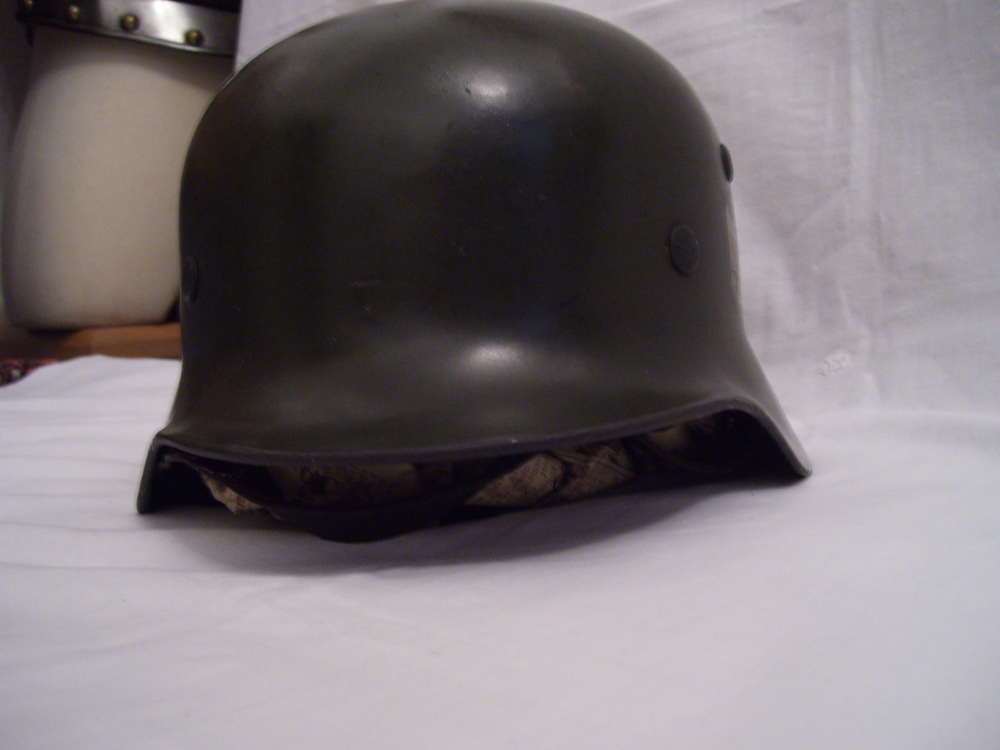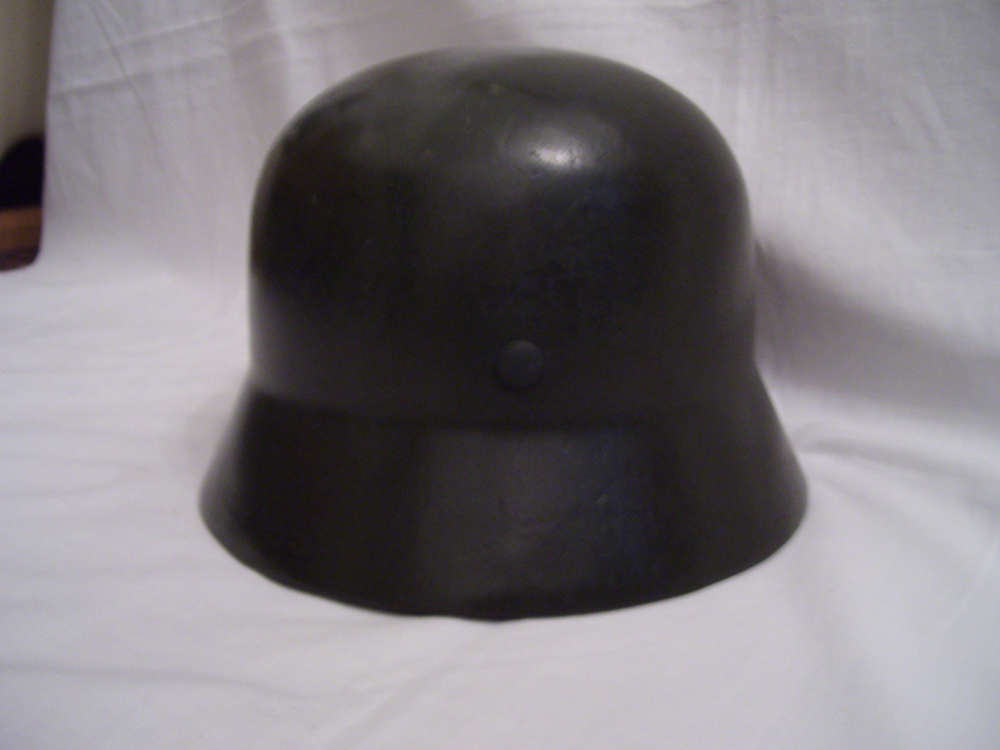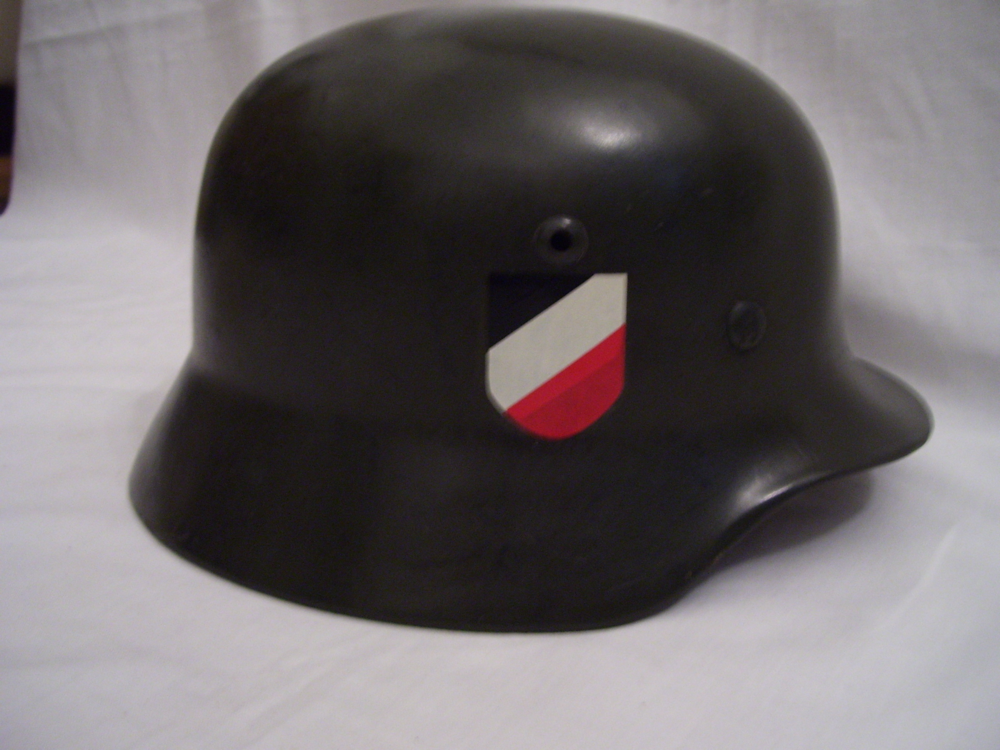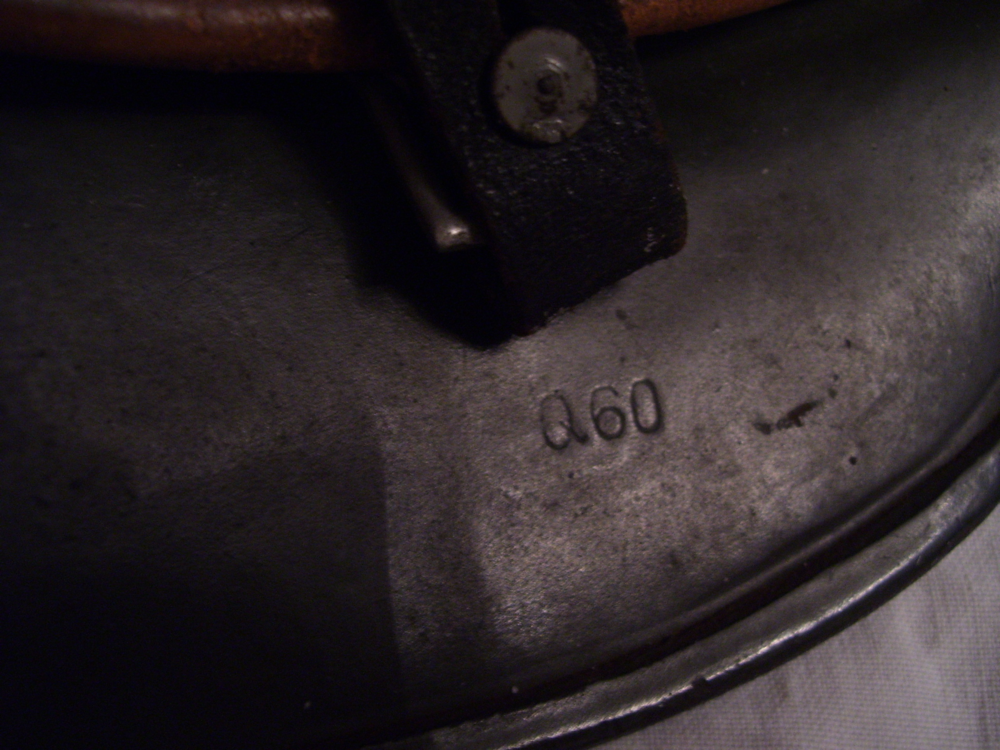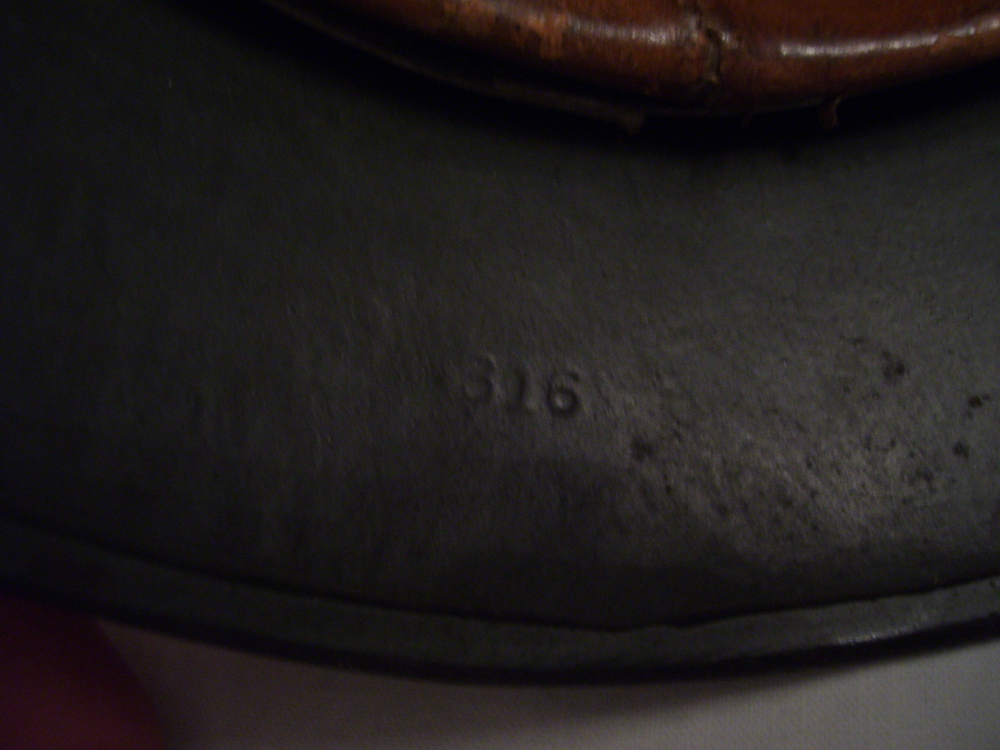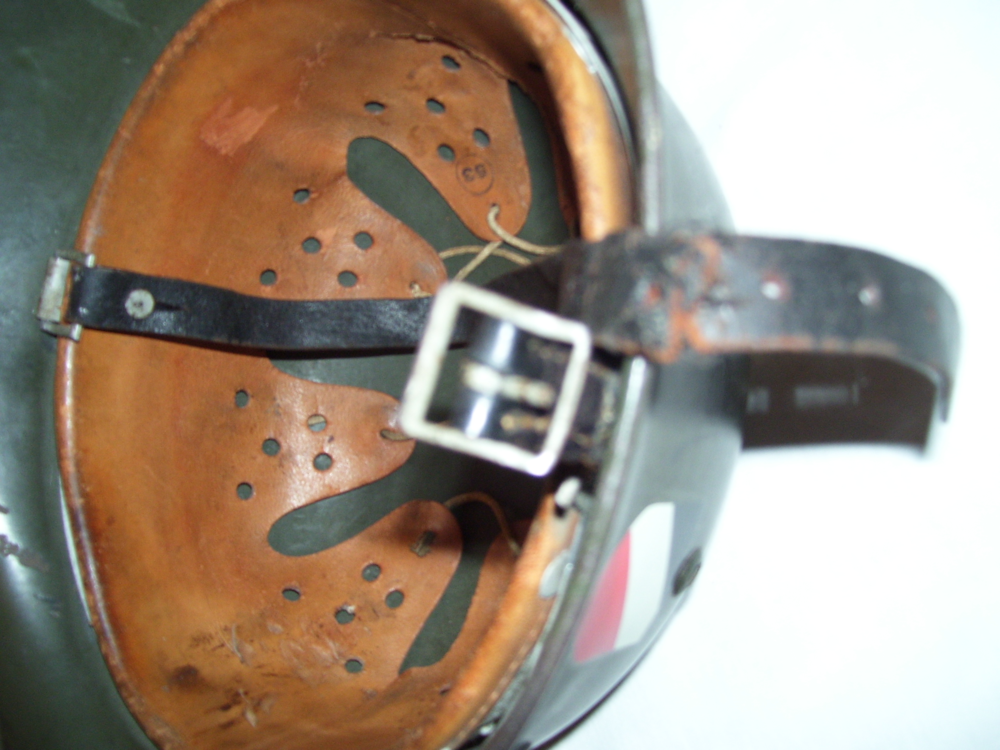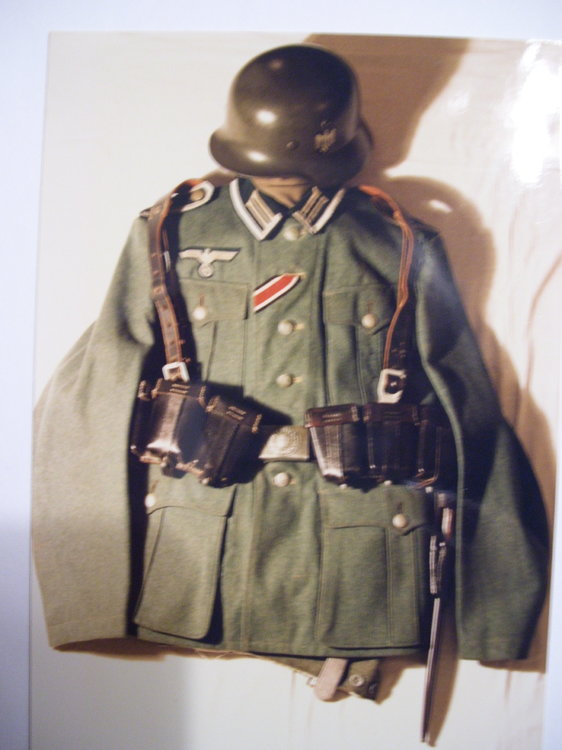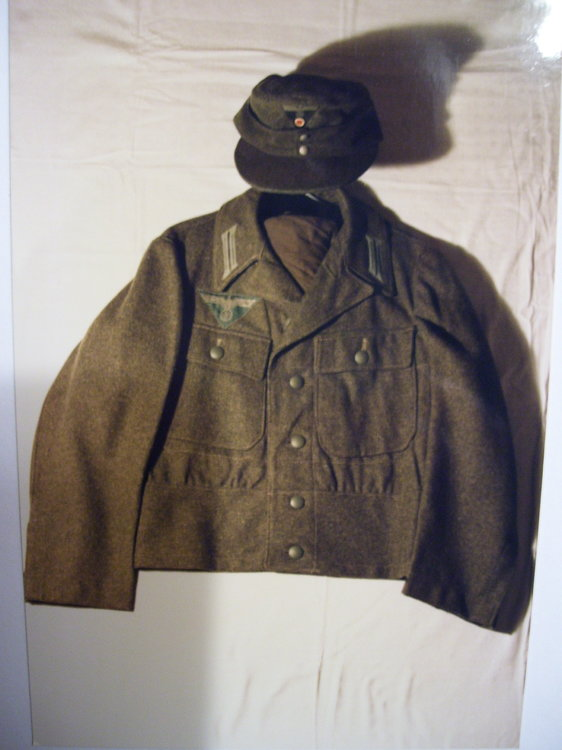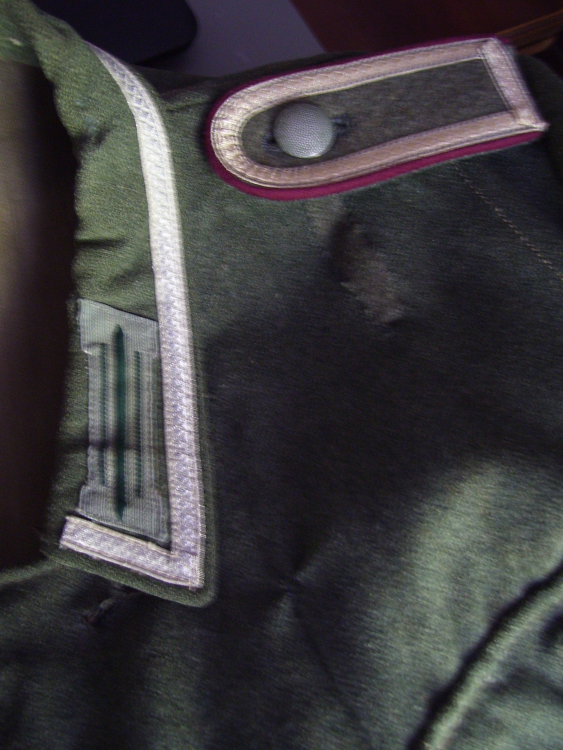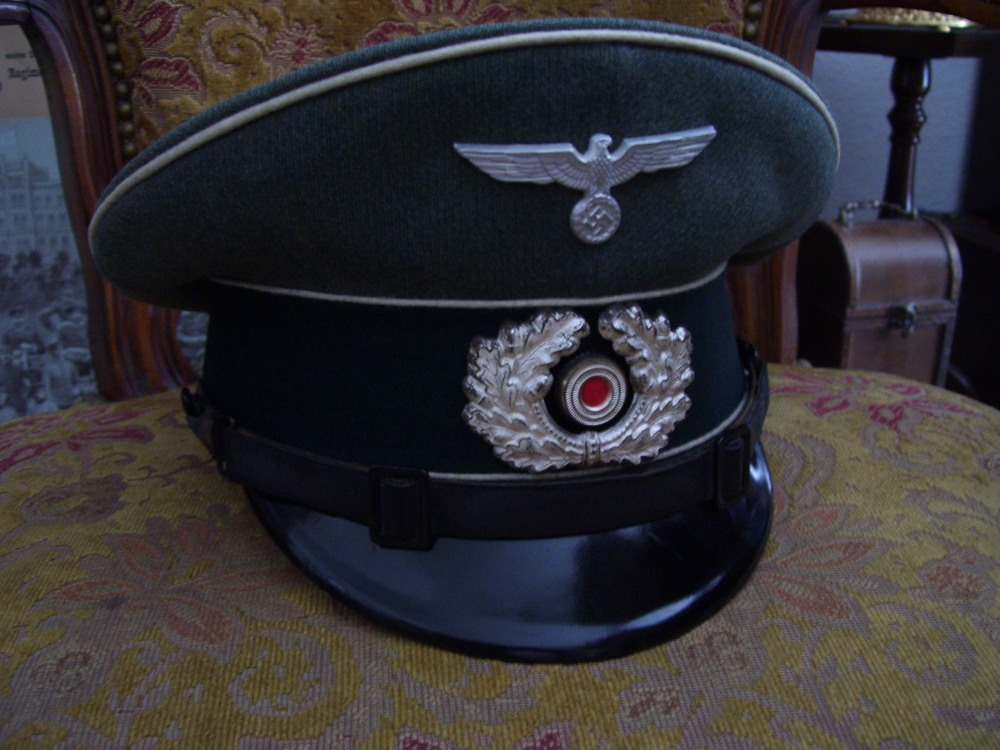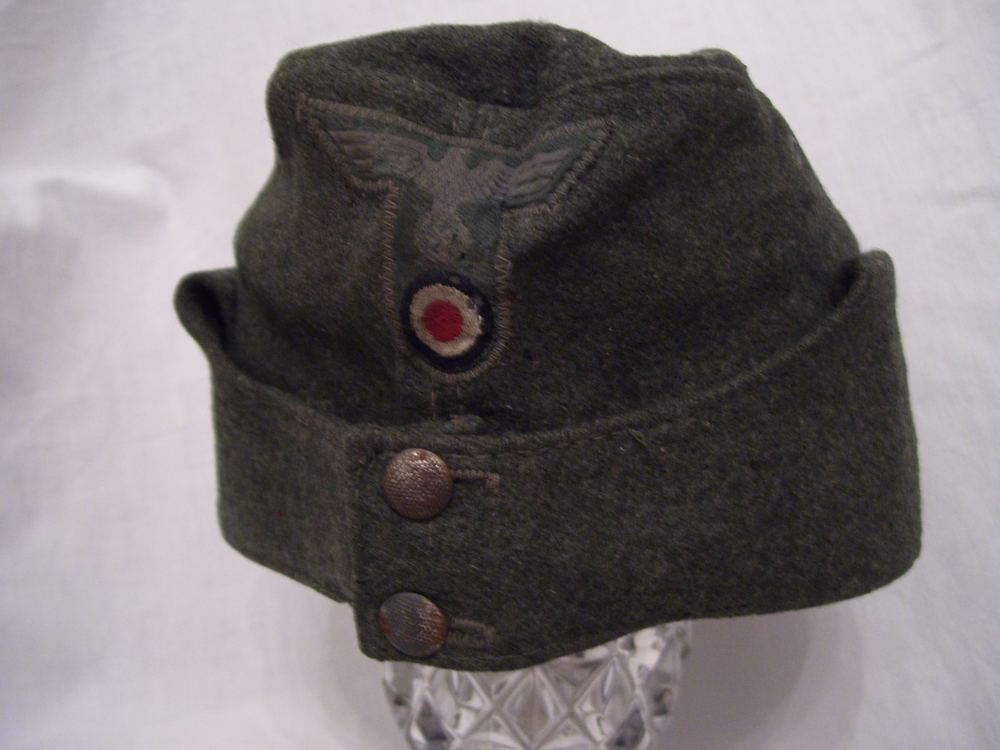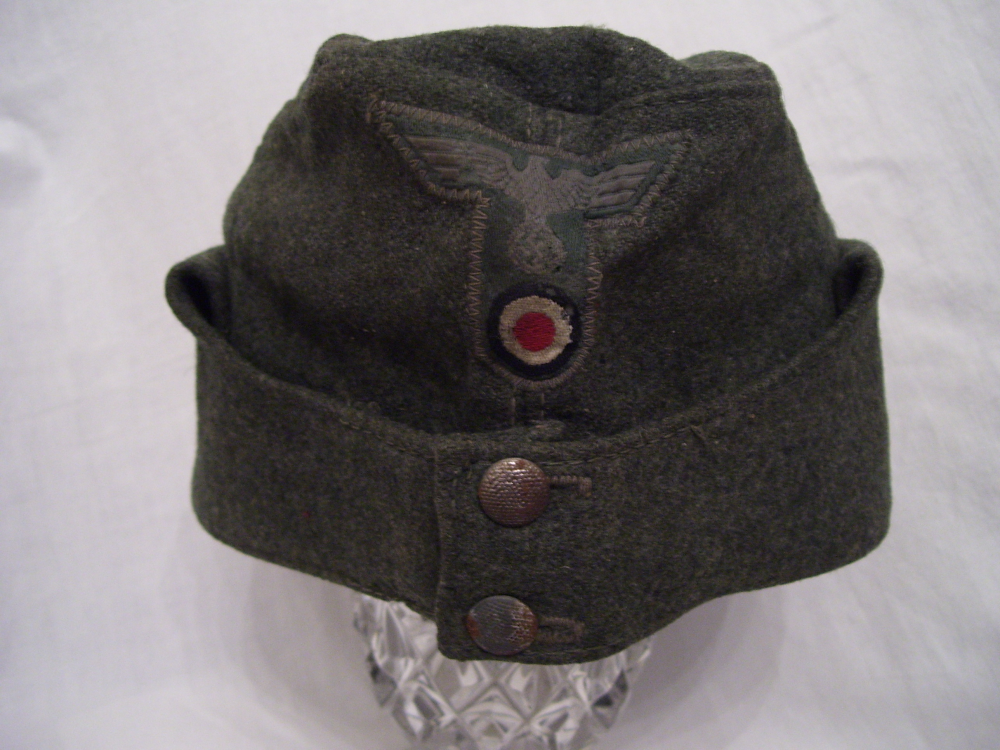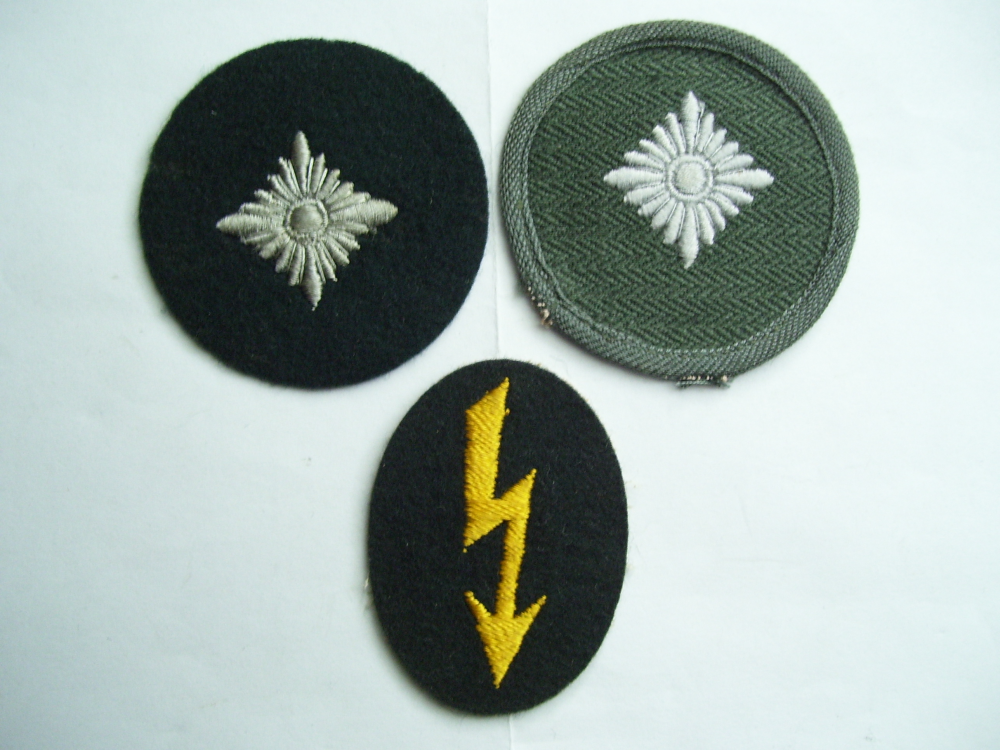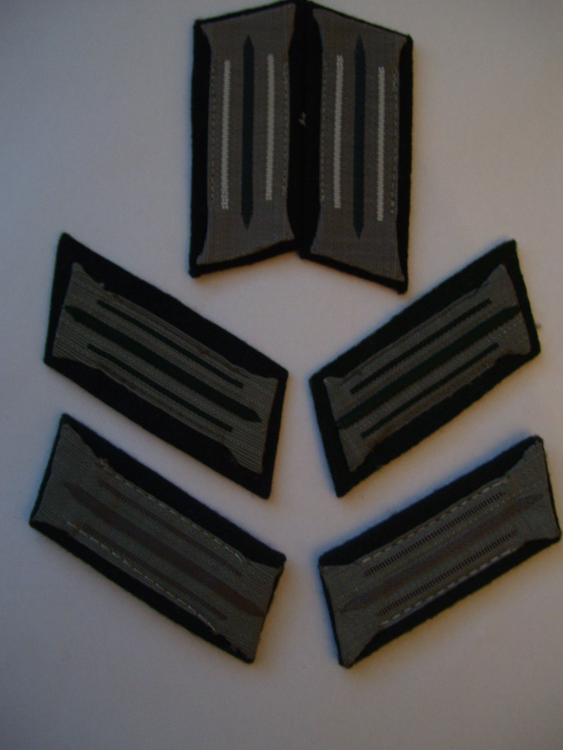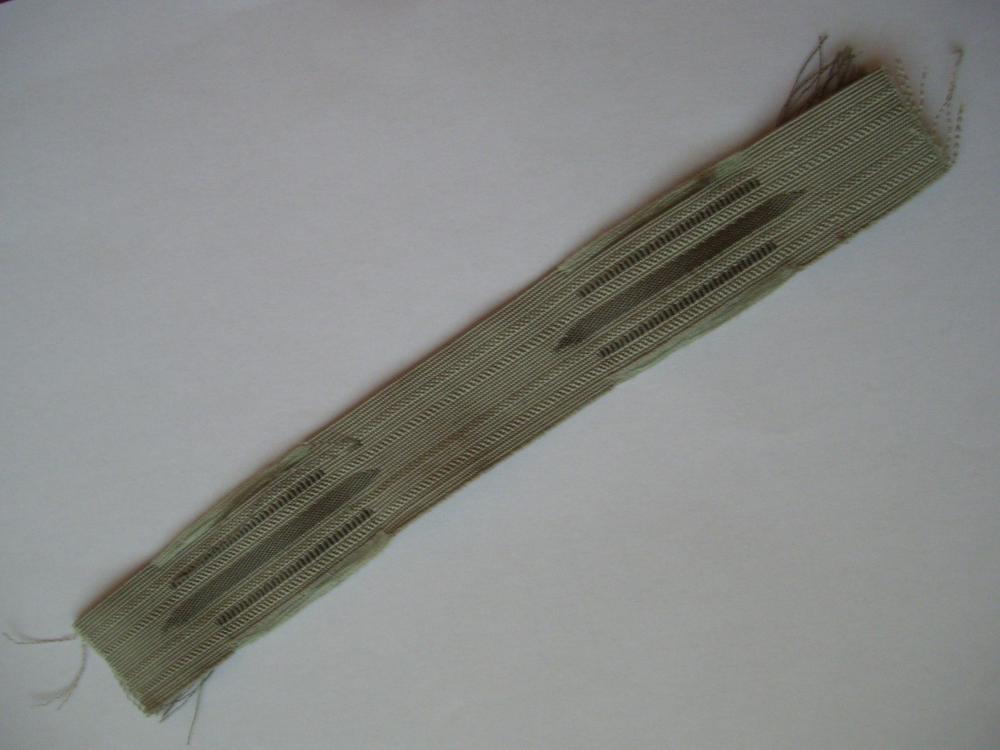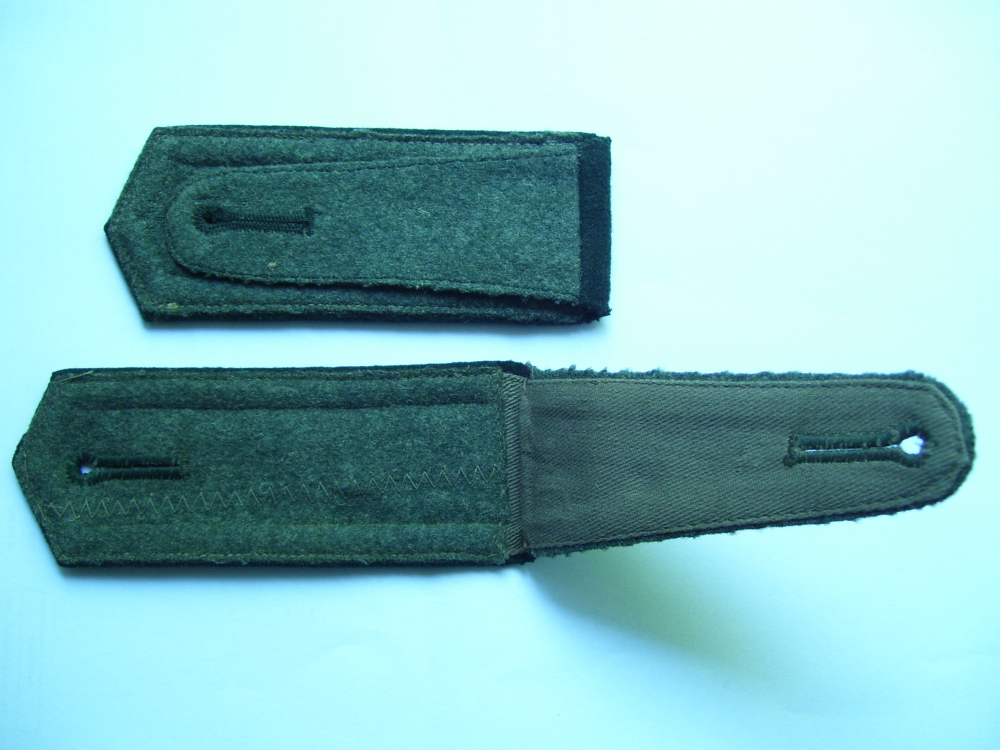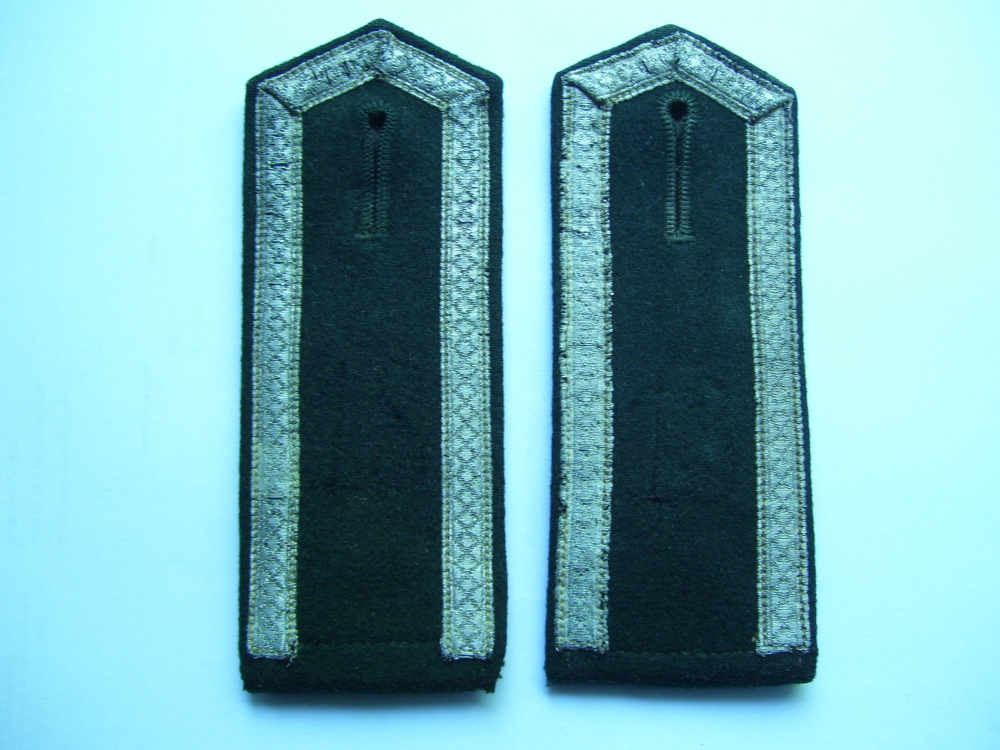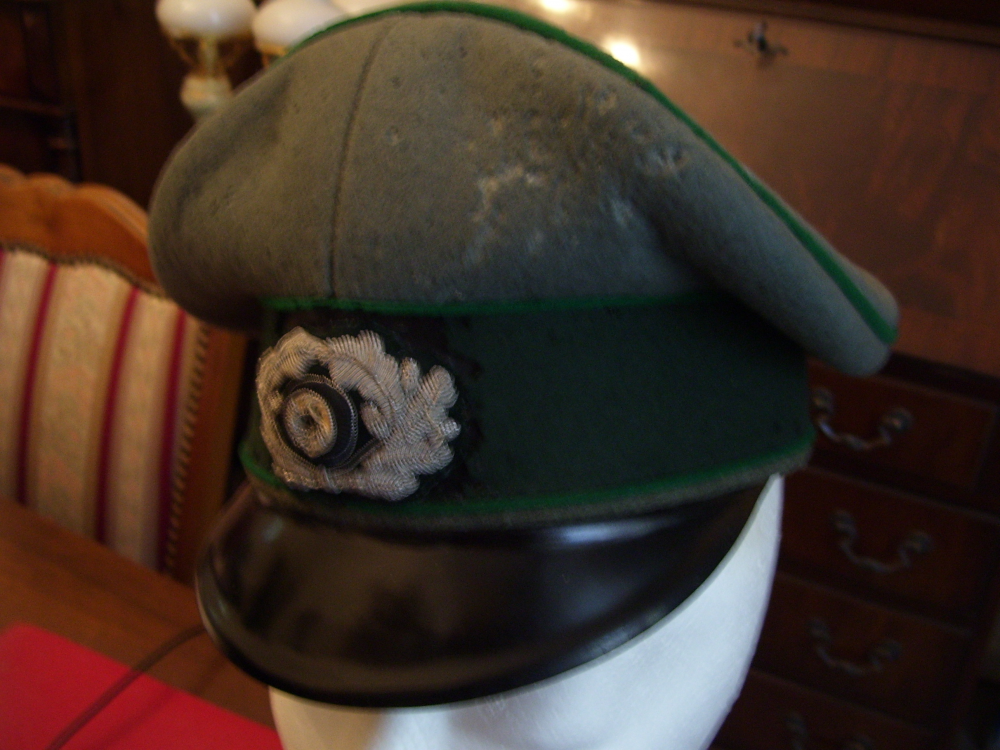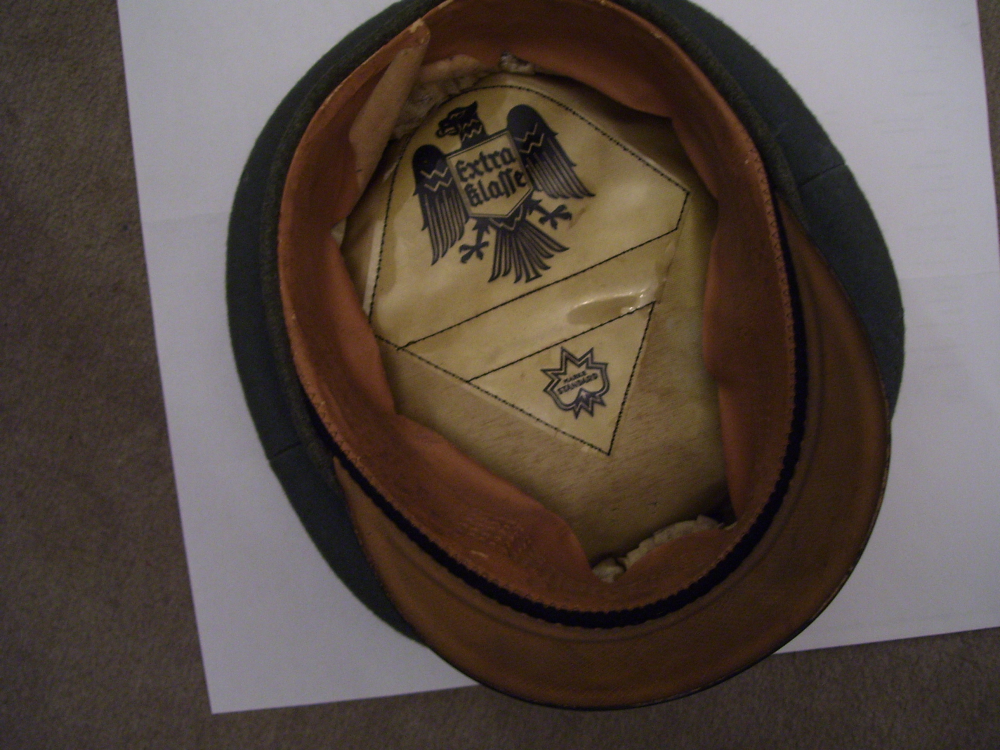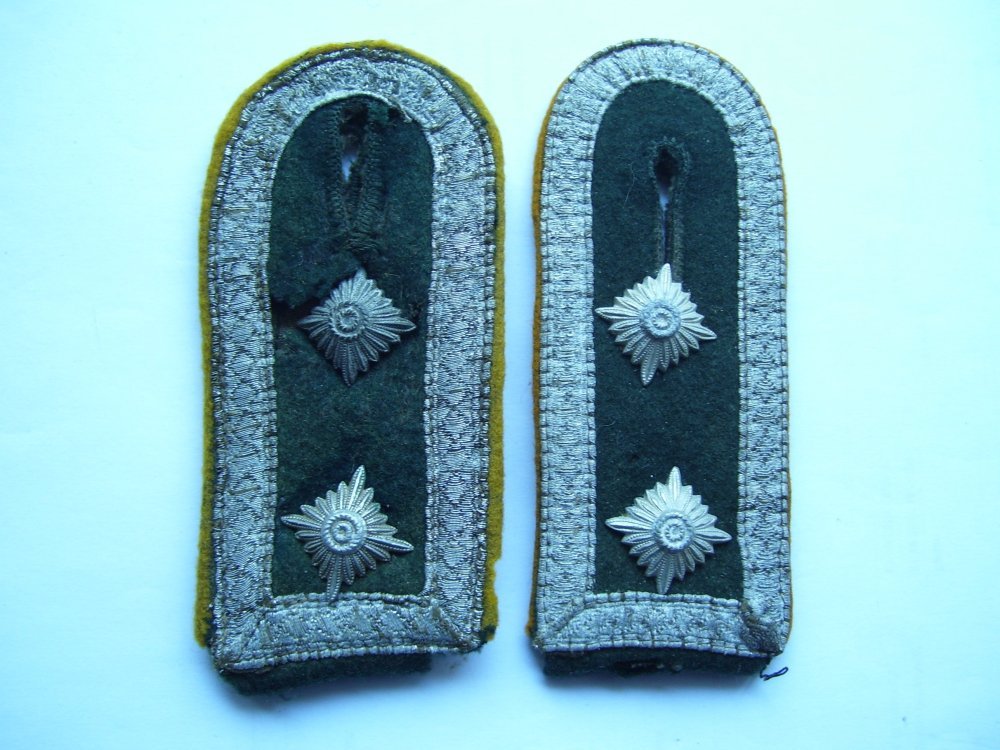Leaderboard
Popular Content
Showing content with the highest reputation on 17/07/19 in all areas
-
3 points
-
Austria-Hungary / k.u.k. Monarchie Not much to show so far, fieldgrey cockade arrived today: An Austrian M.95 Steyr bayonet as already featured under bayonets. An officer's Portépée with monogram FJ, worn till December 1916, very fine quality gold wire woven and embroidered, strap with white saffian leather underlay, heavy item compared to the sword it was attached to. An Austrian belt buckle, looks a little new, originality uncertain. A Kappenrose, hollow brass with cut-out monogram IFJ for Franz Joseph I, rear with double prongs A Kappenrose, fieldgrey with cut-out monogram K for Karl, as from December 1916, rear with two retaining loops 2 k.u.k. uniform buttons, most likely of a civil or state uniform, 20mm, fire-gilded bronze, one button considerably darkened One button has simply WIEN, the other EXTRA RICH and Imperial Eagle above.1 point
-
I did a battlefield tour in 2015, very reasonable prices. just have to shop around and plan accordingly. Our package included a driver picking us up at our hotel, then taking us all around the Messines, Ypres area, all the museums, cemeteries, you name it. Below are just some examples of what you can find. I went to a barn (first photo) where a local farmer had several tables set up to where you can purchase whatever you want, only thing to remember is some of this stuff amy still be live. However you are allowed to walk in some of the fields (the guide usually coordinates this beforehand) and pick up the shrapnel balls, spent casing, etc. We saw rows of artillery shells lining the roads by the farms, the guide told us the Belgian Army EOD collects them once a month and destroys them. It is amazing how much ordnance is still there!1 point
-
Thanks Fritz, I was hoping to hear from you on this. I appreciate you taking the time to translate this book. The last entry is only a few days before the war ended, wonder if he made it or not...1 point
-
1 point
-
1 point
-
1 point
-
Some additional examples. Hessen steel M15, Hessen nickel M95, Hessen brass M95, Bavarian steel (black paint only seen on some Bavarian buckles), Prussian brass M95 buckle with early baked-on feldgrau enamel, Prussian steel M15 (wire spool) buckle, Reich's steel M15 buckle for naval and colonial troops. The program somewhat jumbled the order of the photos.1 point
-
Officers cap insignia, aluminium eagle, hand-embroidered cockade and oakwreath still in original cellophane wrapper Effekts for an officer cap. Fine silver bullion eagle and wreath, zink metal cockade, eagle and parts of wreath have some aluminium oxidation. Remaining areas still with their sparkling finish, on a dark green velvet type backing shaped to the form of the cap, as removed. Tunic insignia for a Leutnant of Infantry for field uniform, toned aluminium thread, the shoulder pieces still in original cello wrapper, the collar patches slightly missmatched Major, Infanterie. Stitch-in type, removed from a uniform, hardly worn. (new on 31.5.2019) 1939 dated Gebirgsjäger, Offizier, Effekten missing, and some moth damage, restorable. M.35 Helmet with original decal. Originally a double-decal helmet, the right decal was removed in 1940. A collector's replacement has been added. All original green finish in very good condition, somewhat shiny. Right hand decal is a collector's copy, added in the 1970s. Could easily be removed with acetone. Original light brown liner, hardly worn. The chinstrap had to be repaired in the late 1960s by stitching. Liner has a slight tear to rear, size 53 Handwritten name: Höstnig. Stamped with Q60 - Quist. A very small head size (53) Batch number 316 Chinstrap marked Henseler & Co., Ulm, 1940, with grey coated iron fittings, stitched together in one place and was always frail. Waffenrock, Feldwebel, Infanterie-Regiment Nr. 132 M.36 Feldbluse, manufactured 1940, with slight modifications for an Oberleutnant, Infantry M.36 uniform of later production, as worn with standard equipment (archive photo) M.40 Feldbluse manufactured 1941 for an Unterwachtmeister, Nebelwerfer. Bordeaux red piping. M. 44 tunic, probably unissued. (archive photo) Late war M.42 helmet with wire attachments for camouflage material, thin paintwork. No chinstrap, liner band with rust. Unclear stamped ET68 and batch number 5367 (?) M.38 overseas cap for infantry. It has the last pattern insignia, grey on greygreen. Dated 6/42, the last of the type with Soutâche, as these were discontinued as from 7/42, with RB numbering. M.38 overseas cap for artillery with third pattern insignia, silvergrey on darkgreen, maker dated 1940 Afrikakorps and Südfront overseas cap, Soutâche has been removed. Red lining for tropical. Makers name Clemens Wagner, Hamburg & Braunschweig, dated 1942 Afrikakorps peaked field cap. Tropical khaki drill with red lining. Maker's name: M. Drechsler, Mützenfabrik, München, rest of address not quite legible. Size 57 stamped, but seems smaller. (Cardboard stiffener added to keep in shape) Cap is more soiled than appears in the picture. Feldmütze M.42. Stamped inside E43 and with RB-Nr. This replaced the previous sidecap, but was not fully introduced. Still in use till the end of the war, along with all other types. M.43 cap with peak. Last pattern one piece insignia, grey on greygreen Maker's name Otto Schlientz, Straubing, 1943 Collar patches, infanterie, various periods M.35 - these still stitched together, M.38 and M.40 - these examples are mounted on a darkgreen backing, usually they were stitched directly onto the (fieldgrey) collar Schulterklappen M.35 (old style), Infanterie-Regt. 18, the embroidered numbers have been erased at beginning of war. Some wear to the braid. Shoulder straps, infanterie: Feldwebel, Füsilier-Regt. 27, early pattern for field uniform, no piping, pointed form, significance of yellow loop not known Oberfeldwebel, Infanterie--Regt.69, early pattern, white piping, stitch in type Stabsfeldwebel M.35 Oberfeldwebel, Infanterie-Regt. 9, Potsdam, M.35, probably midwar Other ranks, Infanterie, M.35 and M.40, early to midwar production Collar patches, Kradschützen - motorcycle troops, light brown Waffenfarbe Shoulder straps, Unteroffizier, Panzergrenadiere, light green piping, fieldgrey, from 1940 till midwar Rank badges, chevrons Oberschütze, Oberkanonier, etc. Gefreiter Obergefreiter Stabsgefreiter (not illustrated) Oberstabsgefreiter Insignia, Gebirgstruppe, etc., introduced May 1939 Top row: Edelweiss for peaked cap, for Bergmütze and oakleaves for Jäger (Bergmütze) For right upper tunic sleeve, variations Tätigkeitsabzeichen - trade badges, see extra article on this Army marksmanship lanyard - Schützenschnur, lowest grade - Stufe I, 2nd. Form Kavallerie-Regiment 11, Wien-Stockerau Wacthmeister Kavallerie-Regiment 13, Lüneburg Kavallerie / Aufklärer, Kavallerie-Regiment 17, Straubing See under earlier topic1 point





